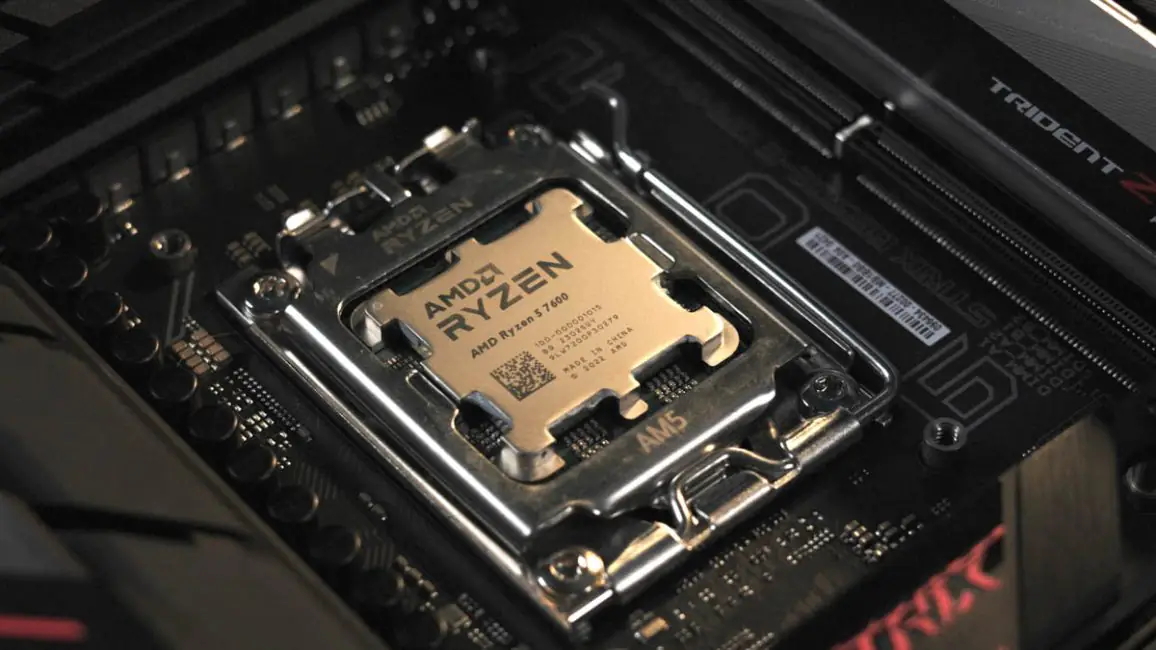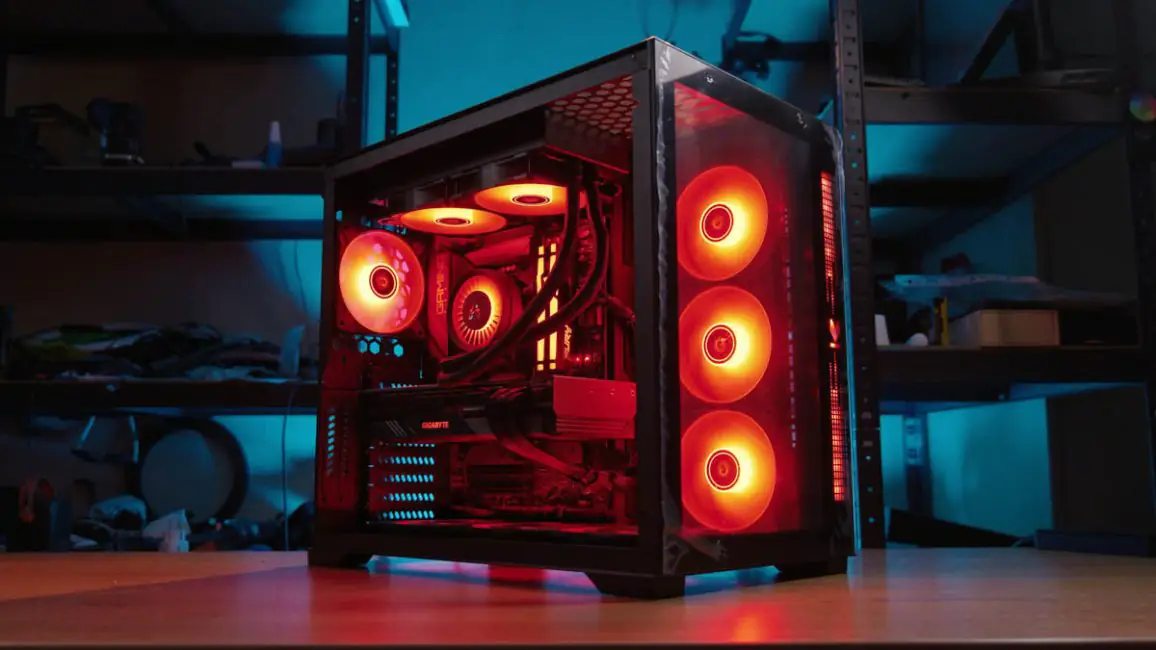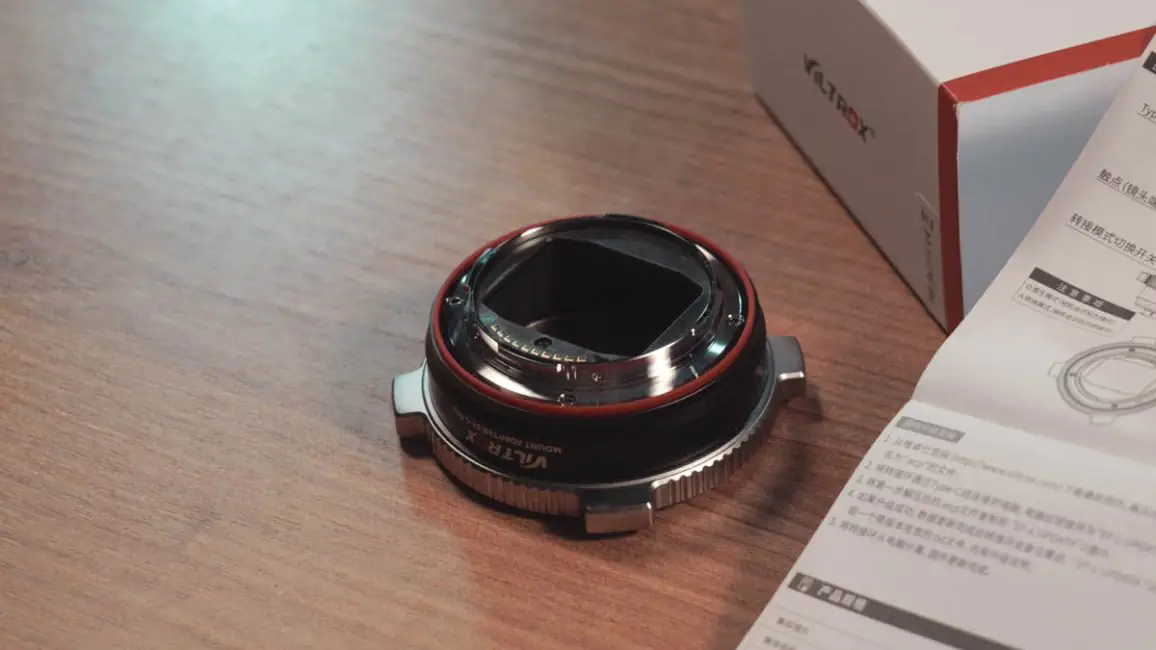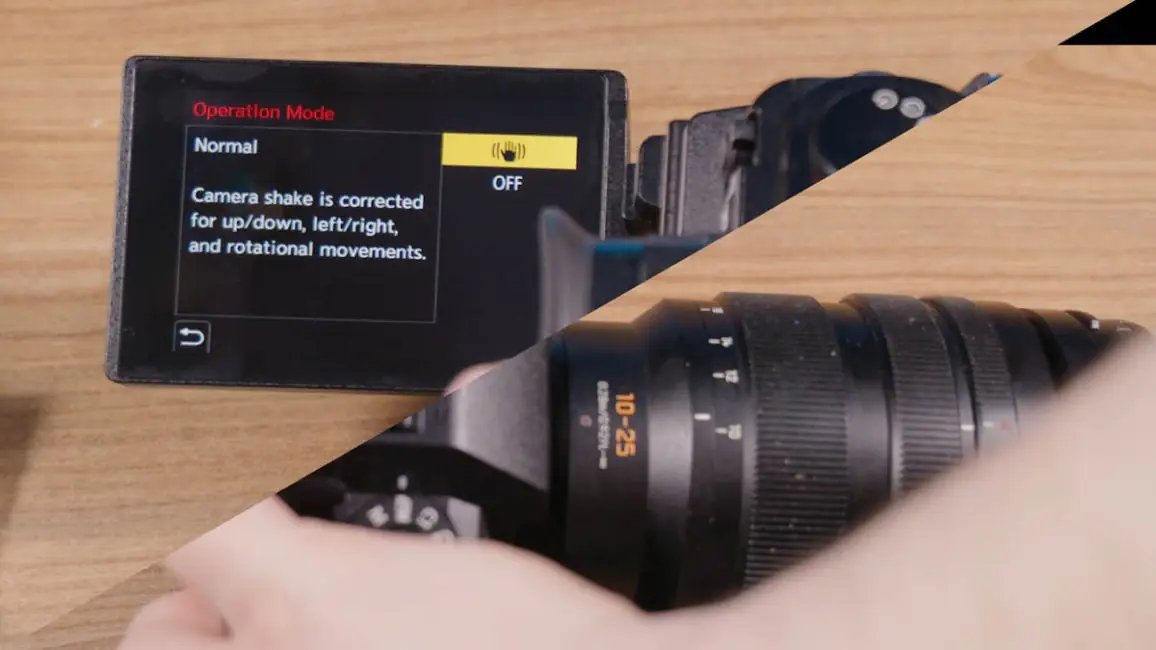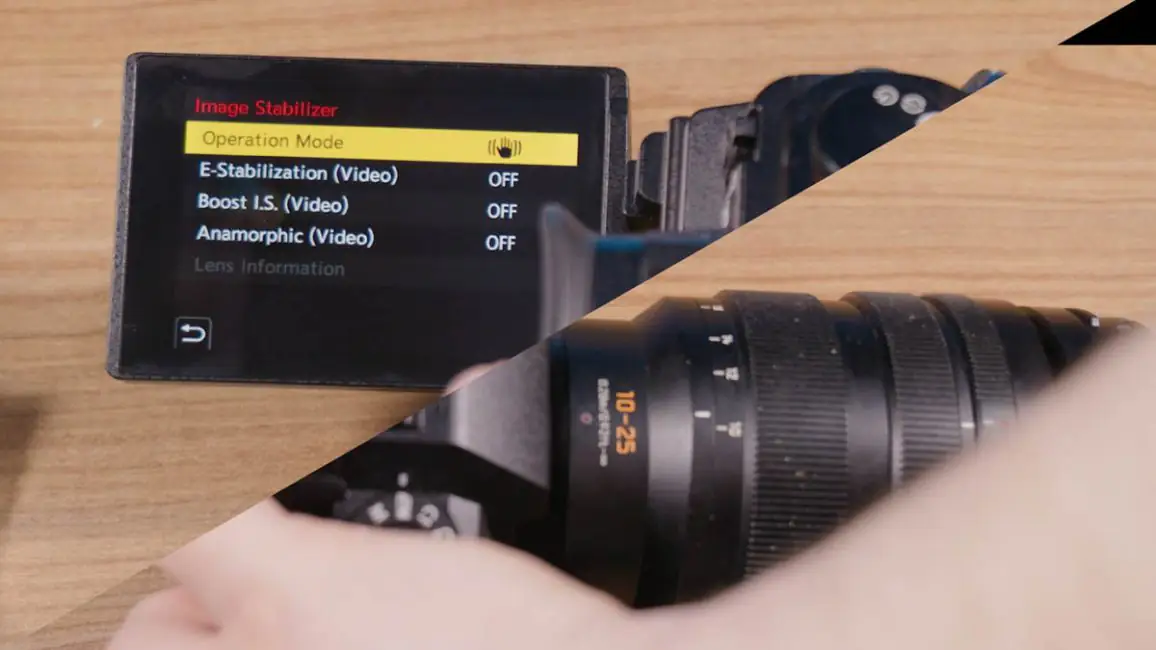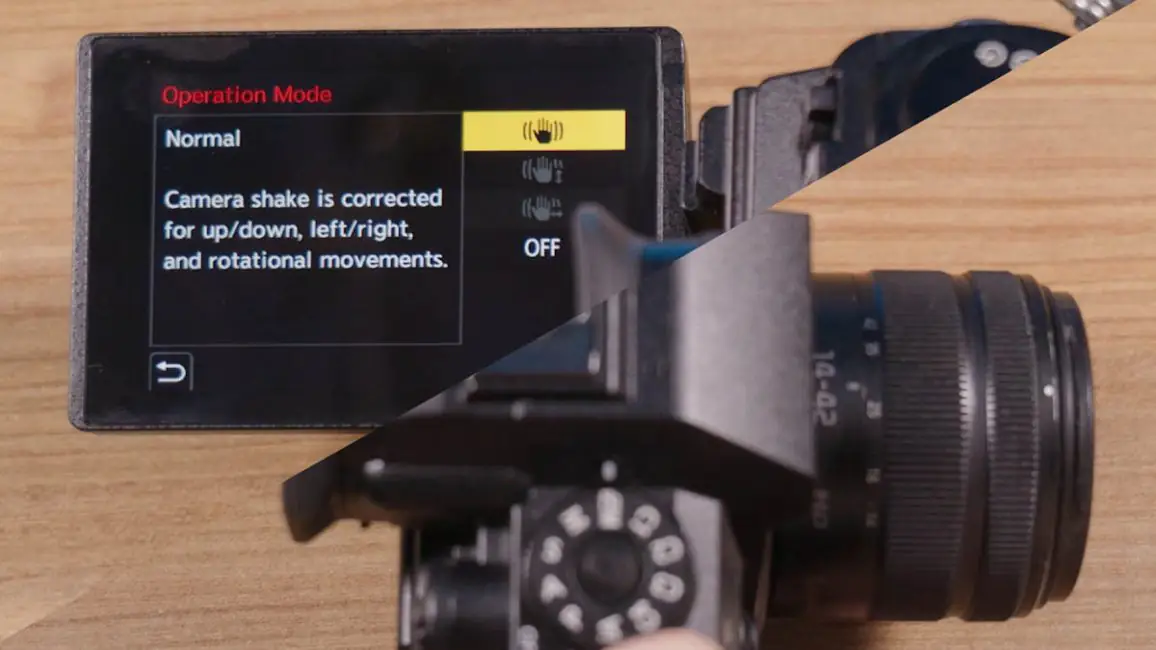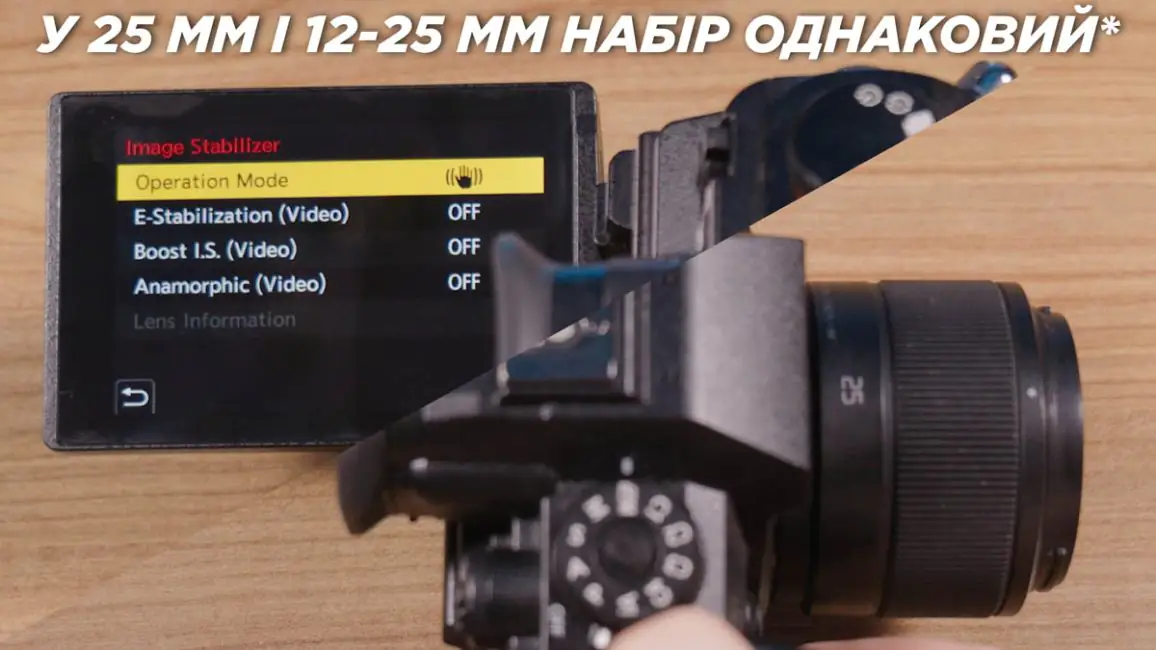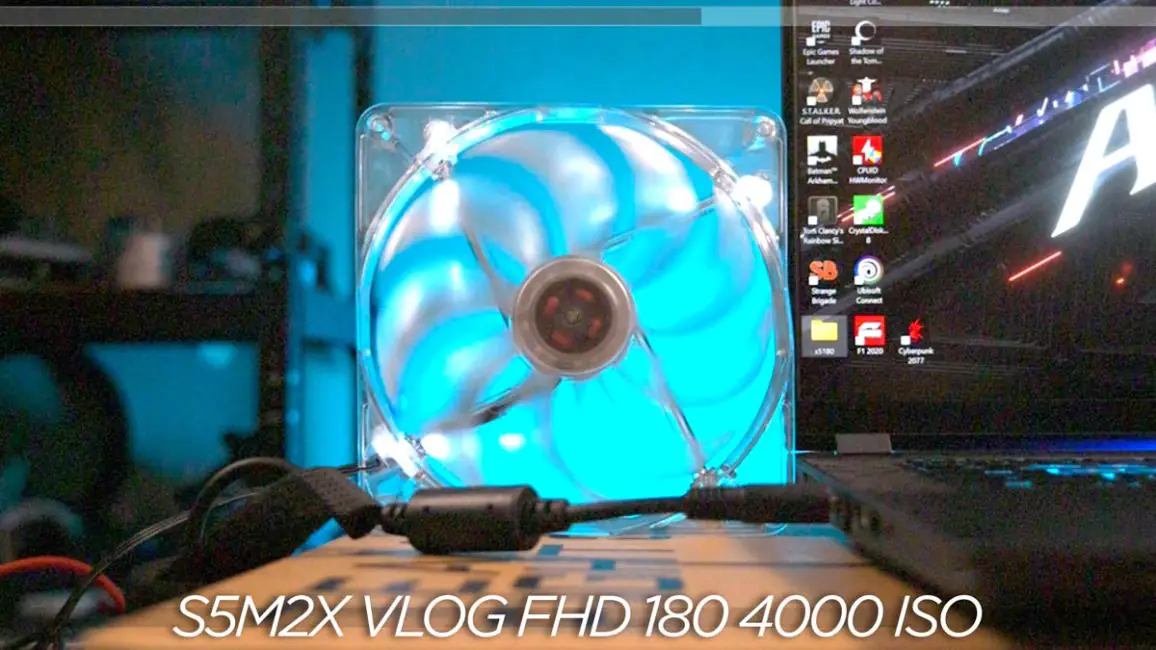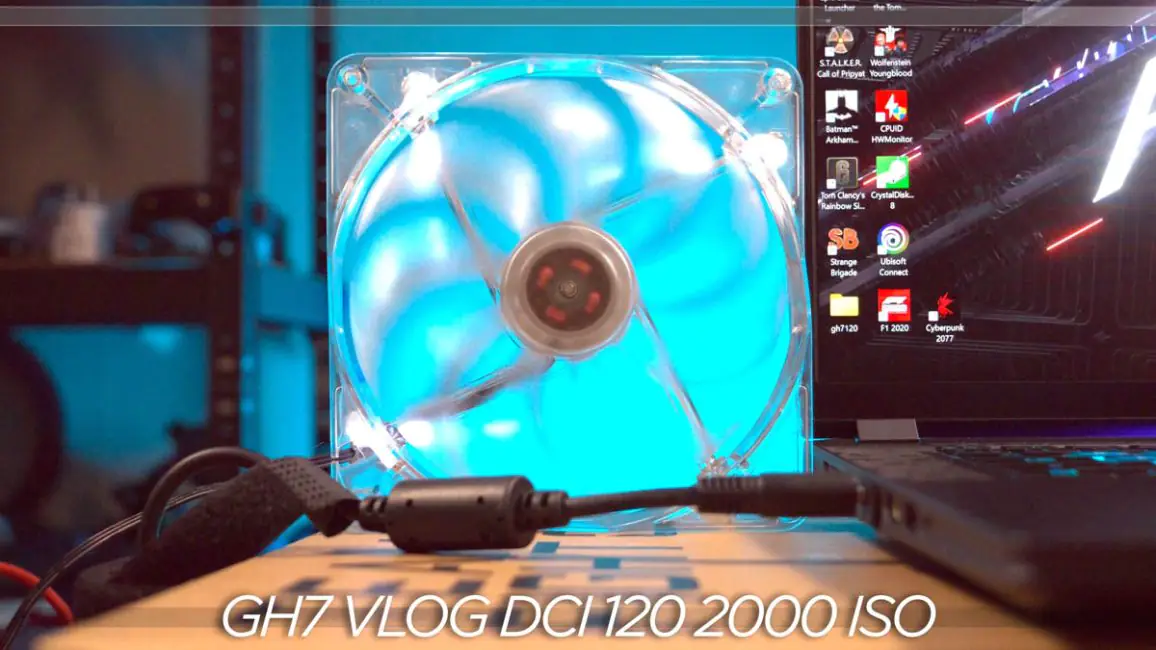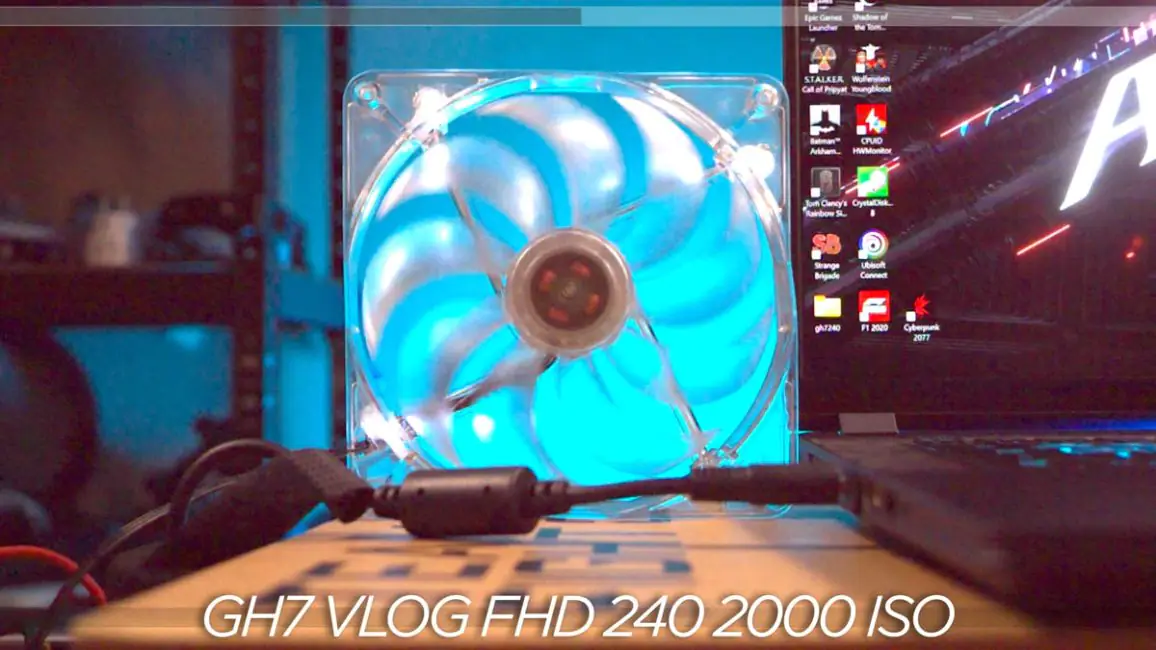© ROOT-NATION.com - Use of content is permitted with a backlink.
I find the Panasonic Lumix GH7 almost more appealing than the S5 IIX. The only reason I still prefer full-frame cameras is the stronger background blur they offer, which I find visually very appealing.
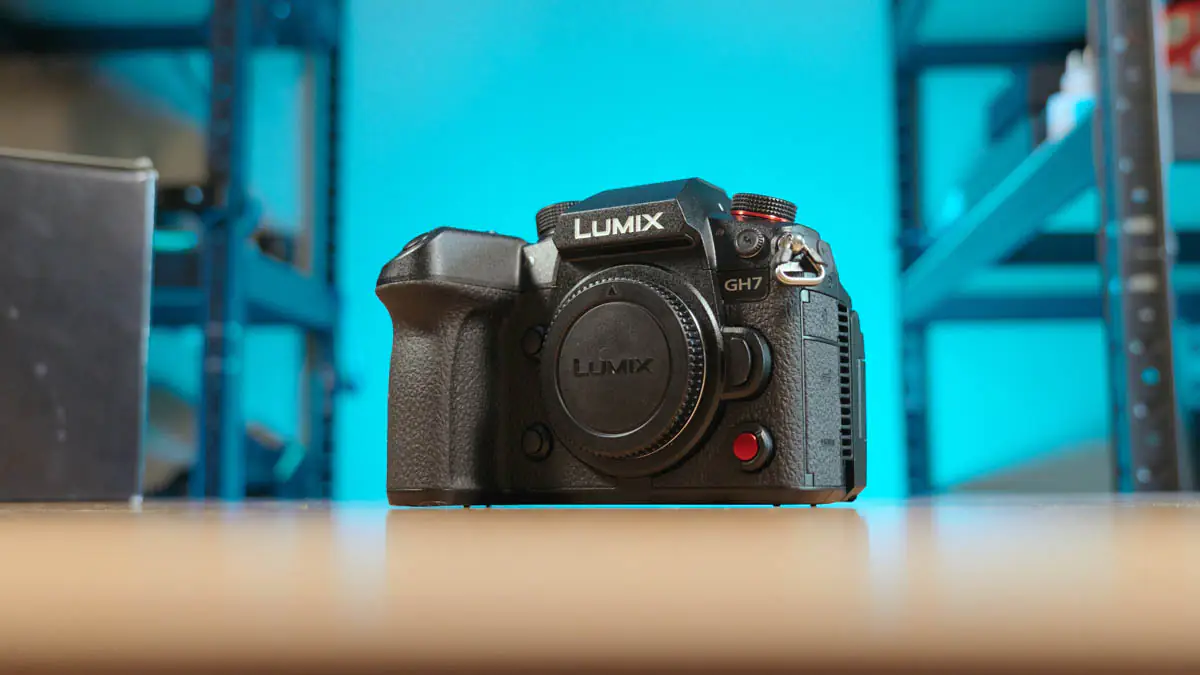
Call it a preference or even a quirk, but when I shoot video with the GH7 and can clearly see the texture of the wallpaper in the background, it irritates me almost as much as the odd color science of the Canon R6. The further I can get from that feeling, the better, as it makes editing videos personally less frustrating for me.
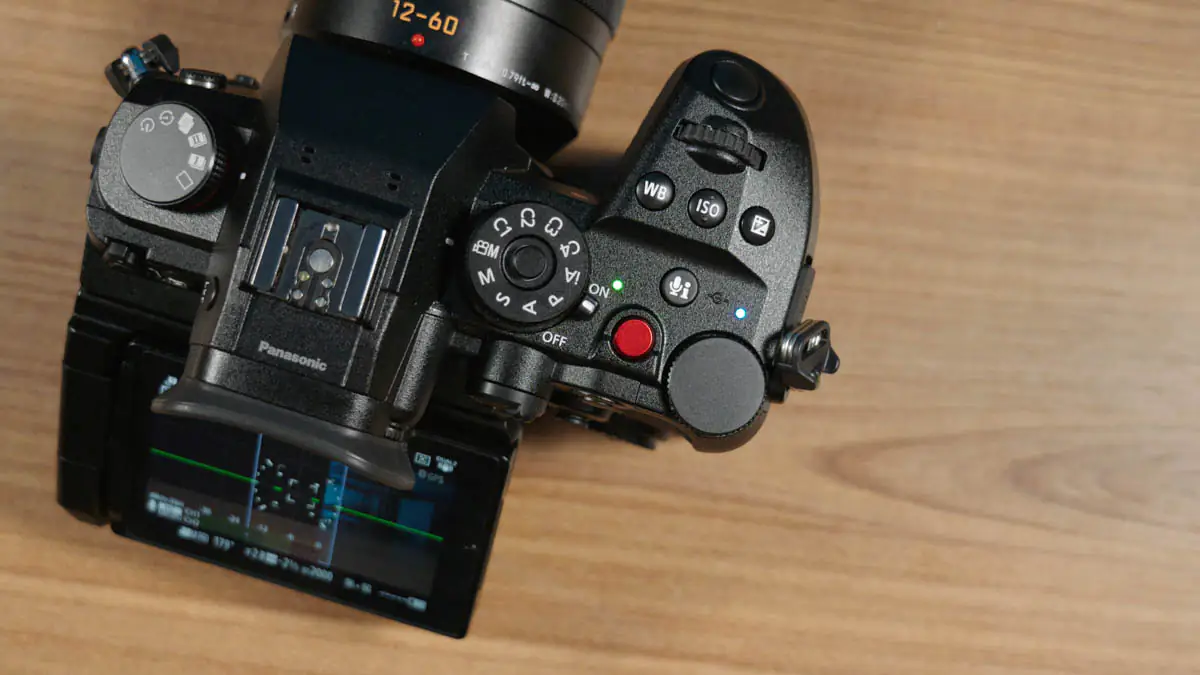
So why does the GH7 frustrate me? Because, after essentially two weeks of testing, I’ve encountered so many nuances that, if they were all positive, I would have already put the S5M2X up for sale and started saving for a speed booster.
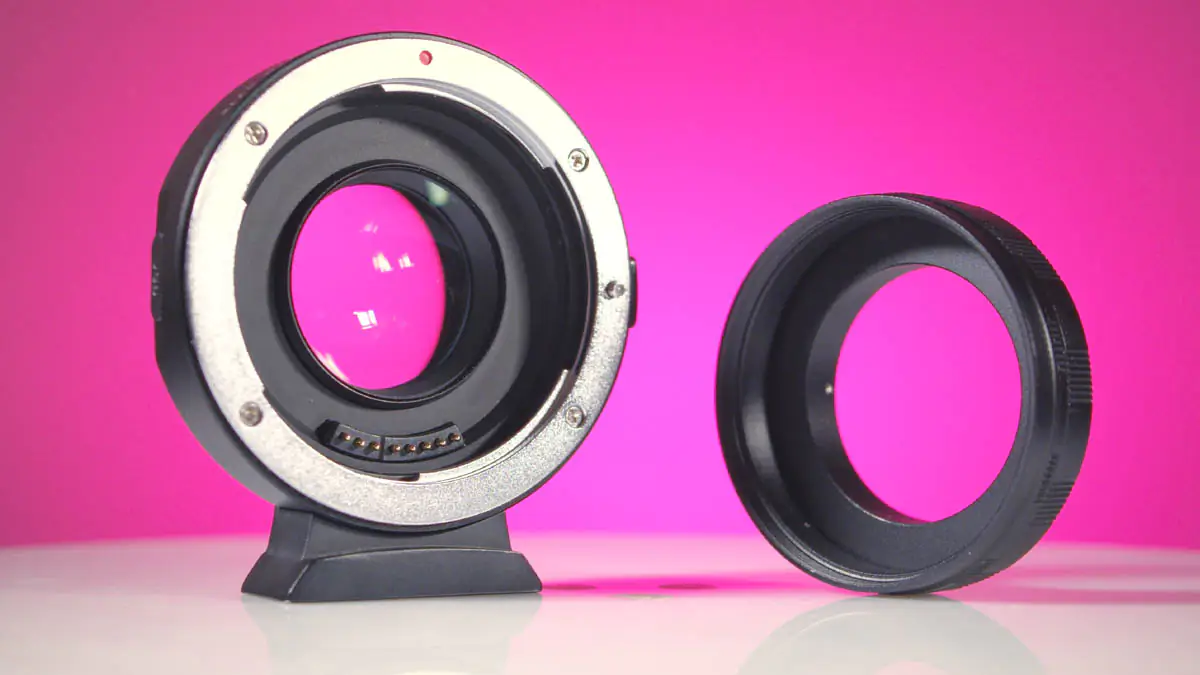
The ratio of positive to negative features is about 95 to 5. In other words, I’m literally one step away from choosing an MFT camera. But when everything is perfect 98% of the time, it frustrates me more than if it were perfect 80% of the time. And to give you an idea of how often the GH7’s advantages are mixed with its drawbacks, I’ll structure this video based on the “barrel of honey, spoonful of tar” principle.
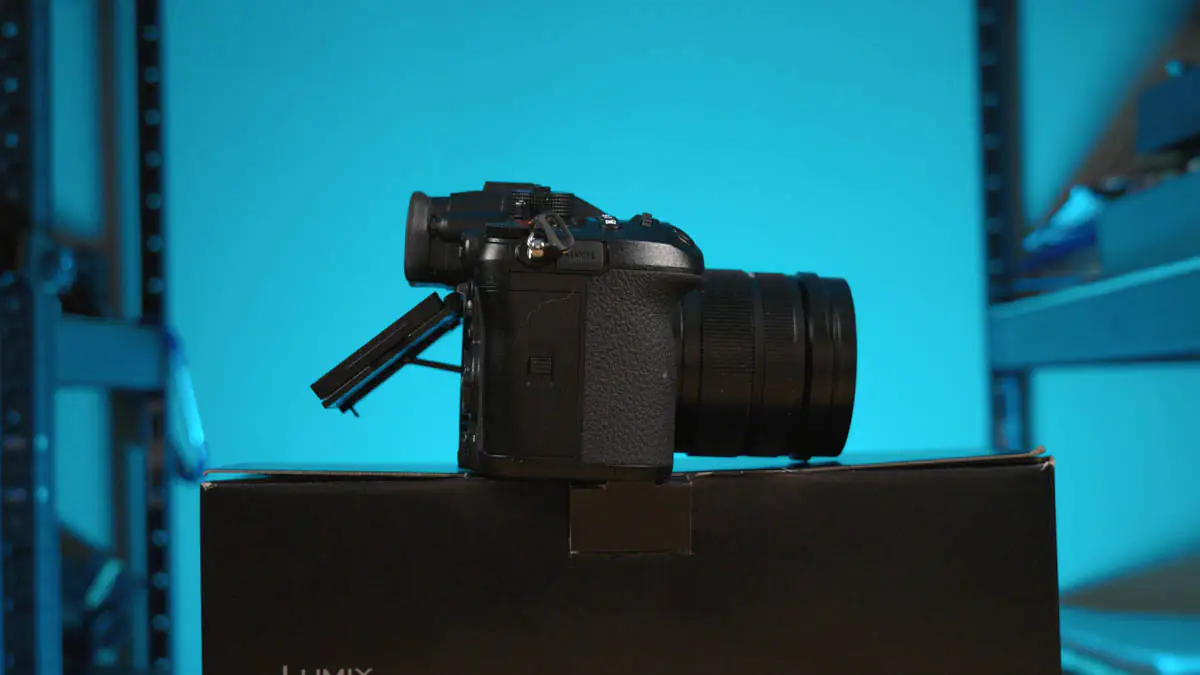
This material will be more of a comparison than a review, pitting essentially the best that Micro Four Thirds has to offer against the king of mid-range full-frame cameras. There will be minimal technical specs, but plenty of focus on nuances and details, such as how the “operating system” functions.
Technical characteristics
- Bayonet: MFT
- Sensor: BSI CMOS 25.2 megapixel
- Dynamic range: 13 stops (60 FPS) / 12 stops (61+ FPS)
- Audio format: max. 4-channel 32-bit (using DMW-XLR2)
- Max. video resolution: 5,8K
- Max. video recording frame rate: 240 FPS
- Viewfinder: Live View OLED, approximately 3.68 million dots
- Display speed: 120 FPS / 60 FPS
- Rear monitor: 3 inches, approx. 1.84 million dots, tilt/tilt
- Autofocus: phase detection/contrast detection/DFD
- ISO in photos: 100-12800, 500-6400 in V-LOG
- ISO in video: up to 800-12800 in V-LOG
- Matrix stabilization: 5 axes / 7.5 stops
- Continuous shooting, mechanical shutter: up to 14 frames
- Continuous shooting, electronic shutter: up to 75 frames
- Anamorphic display: 2.0x / 1.8x / 1.5x / 1.33x / 1.30x
- Peripherals: USB-C 10 Gbps, HDMI, 2.5 mm, 3.5 m
- Wi-Fi: 2.4 GHz, 5 GHz
- Bluetooth: 5.0 BLE
- Drive support: CFExpress, SD, USB SSD
- Battery: DMW-BLK22 2200 mAh
Panasonic Lumix GH7 video review

Dimensions and presentability
Let’s start with a barrel of honey. The camera is essentially the same size as the S5 IIX, i.e. the same size as the GH6, even the cages are compatible, if I’m not mistaken. If you expect compactness from MFT cameras, this is not the case with the GH7, but if you want a professional-looking camera, not a soapbox like the S9, the GH7 will fit the bill almost better than the S5 IIX.
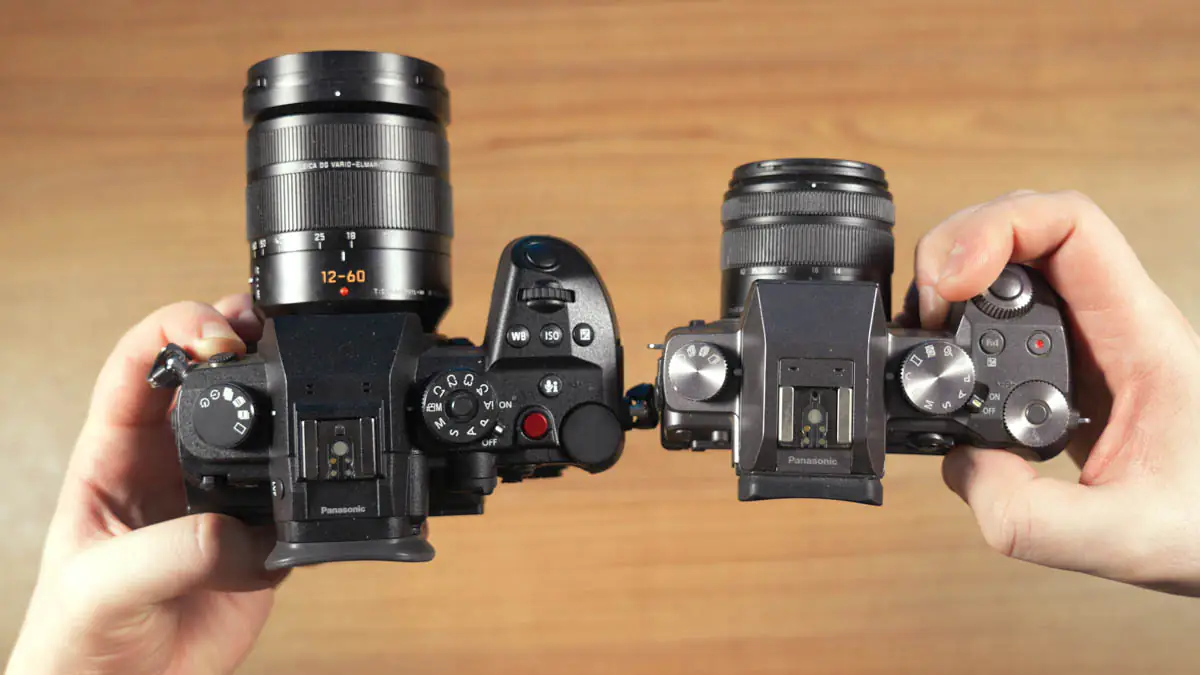
A spoonful of tar – the GH7 feels bulkier in hand than a full-frame camera. Firstly, because the screen protrudes more to the back, and secondly, the strap holes are external, not internal.
Ergonomics
Barrel of honey – ergonomically, I personally prefer the GH7 more. Mikita from the Next Door Review channel, on the other hand, disagrees, so this is subjective. The GH7 features physical locks for the mode dial and separate locks for the option dials.
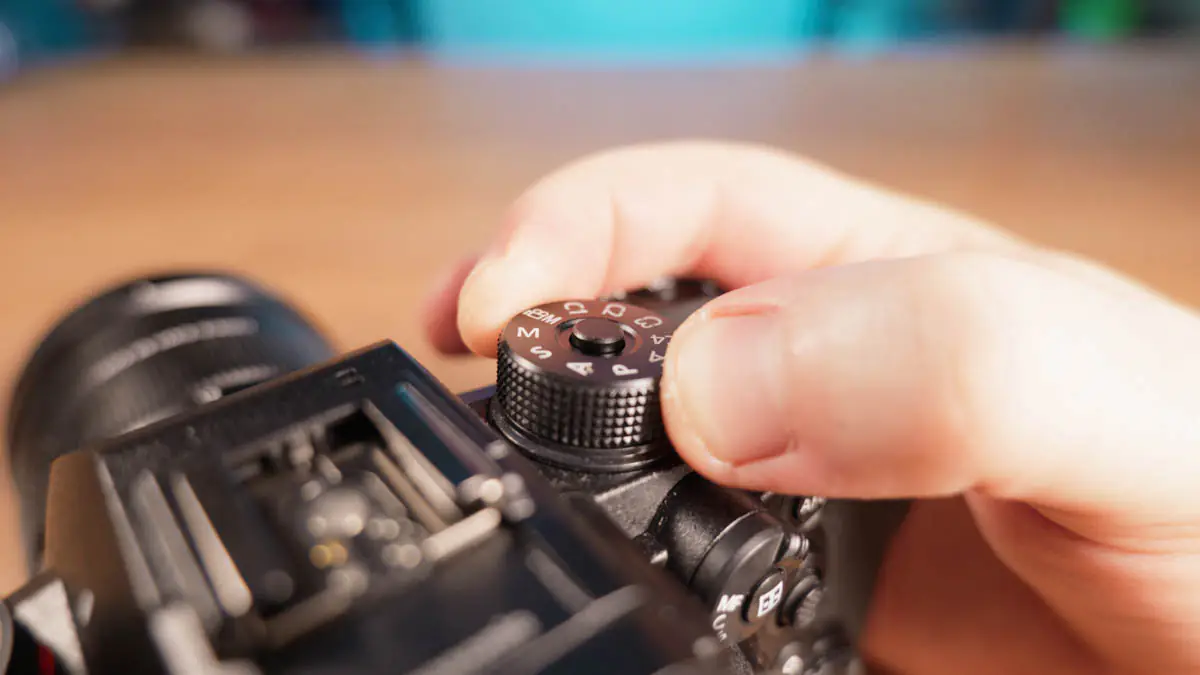
With the S5M2X, I never had issues adjusting the shutter speed because I immediately set the shutter angle and sync scan. And when I accidentally change the shutter speed, I always notice it tactically. BUT! It’s still pretty cool.
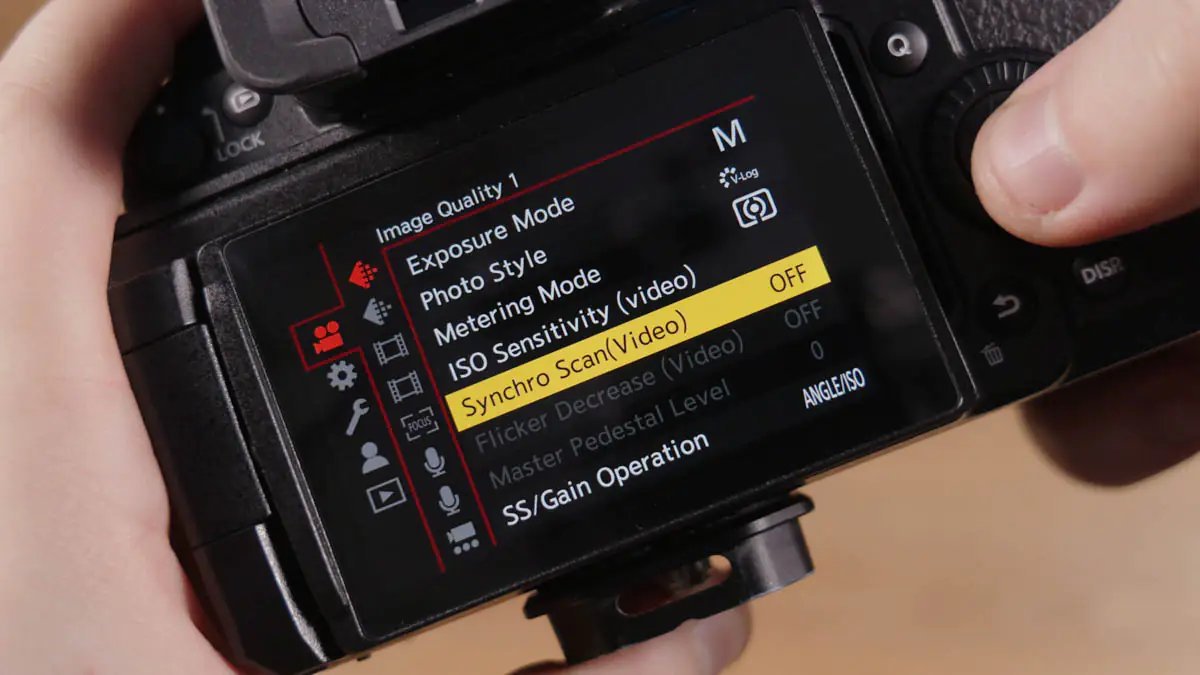
A spoonful of tar – the lock switch is very stiff. Too stiff, I’d say, and once it’s switched, there’s nothing to grab onto to switch it back.
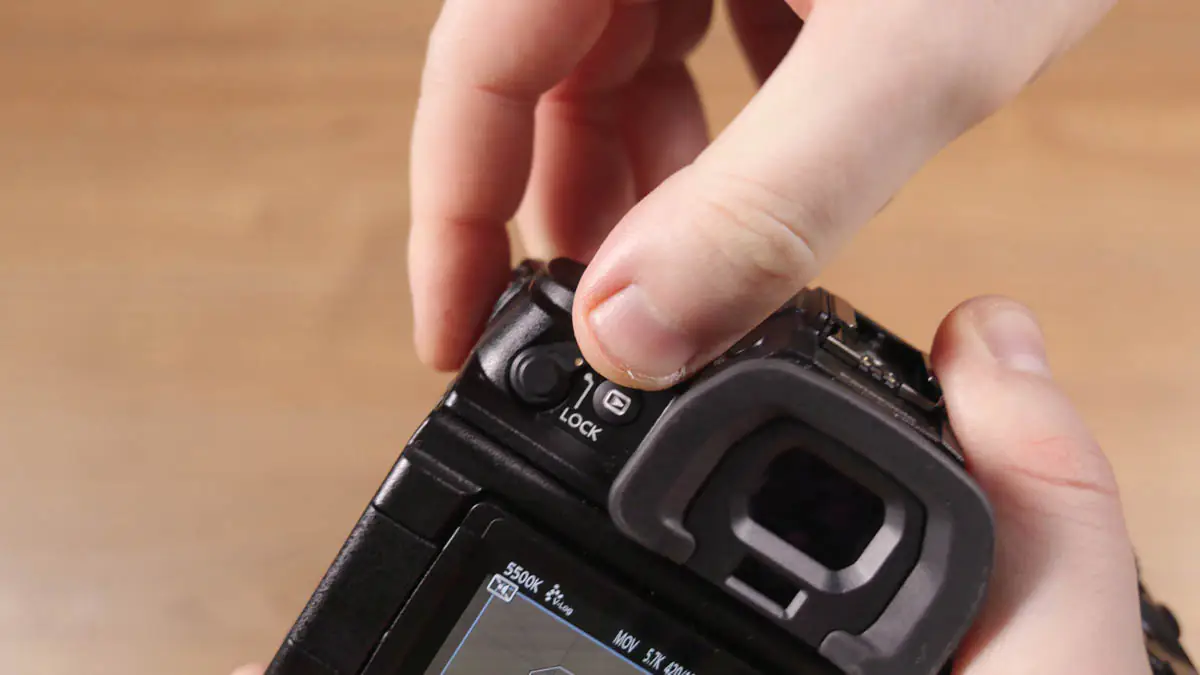
The GH7 has more buttons than the S5 IIX. There are even TWO recording indicators, also known as Tally Lamps. The S5M2X doesn’t have any at all.
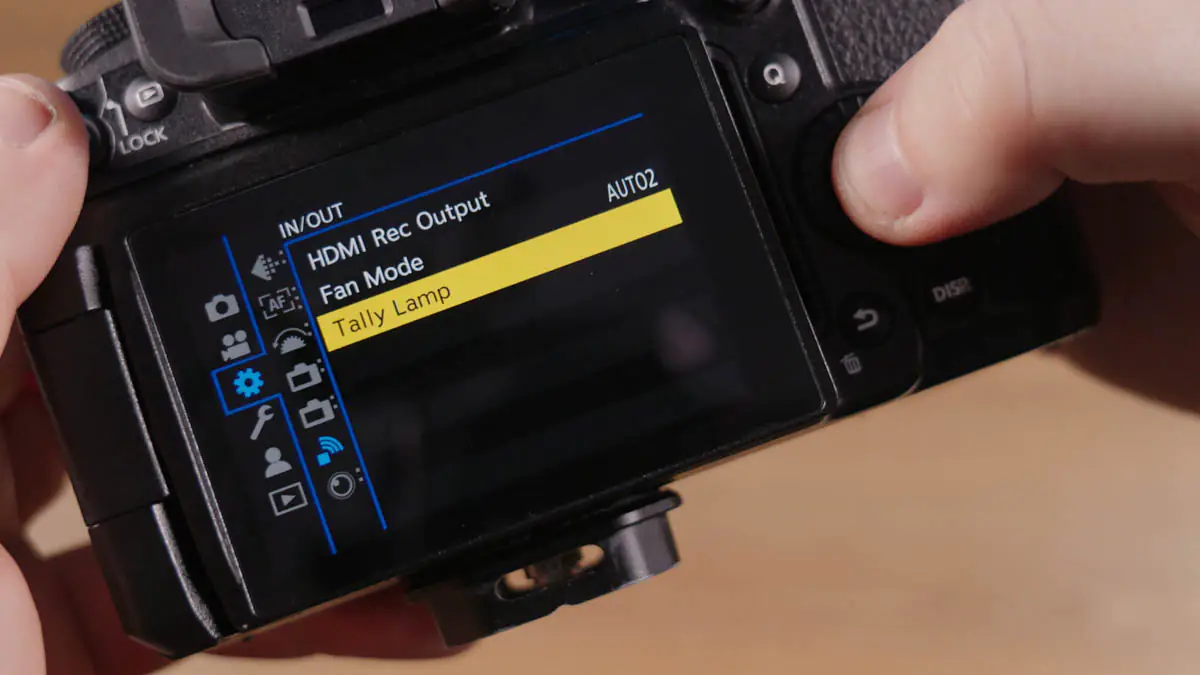
Kit lens
Next, the honey. The kit lens on the GH7 pleasantly surprised me. Firstly, the stabilization made me realize that I NEED stabilization on the lens, not the camera. Why? I’ll explain separately, as it’s a topic for a whole other discussion. But, in short, I don’t need BETTER stabilization, I need the RIGHT stabilization.
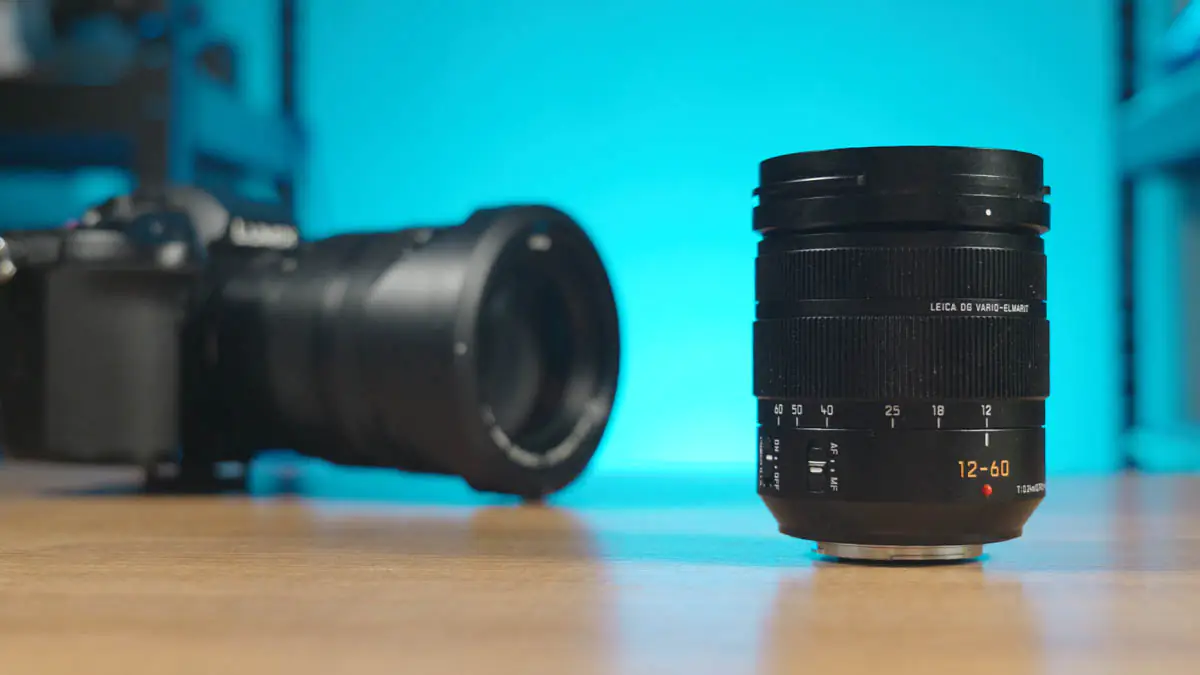
Secondly, the lens itself is much better suited for B-roll shooting, and only slightly less ideal for A-rolls. The 12-60mm in MFT translates to 24-120mm in Full Frame, which is an incredibly versatile focal range. Plus, it has built-in stabilization. It’s also faster than the 20-60mm kit lens on the L-mount, with an aperture of F2.8-4 versus F3.5-5.6.
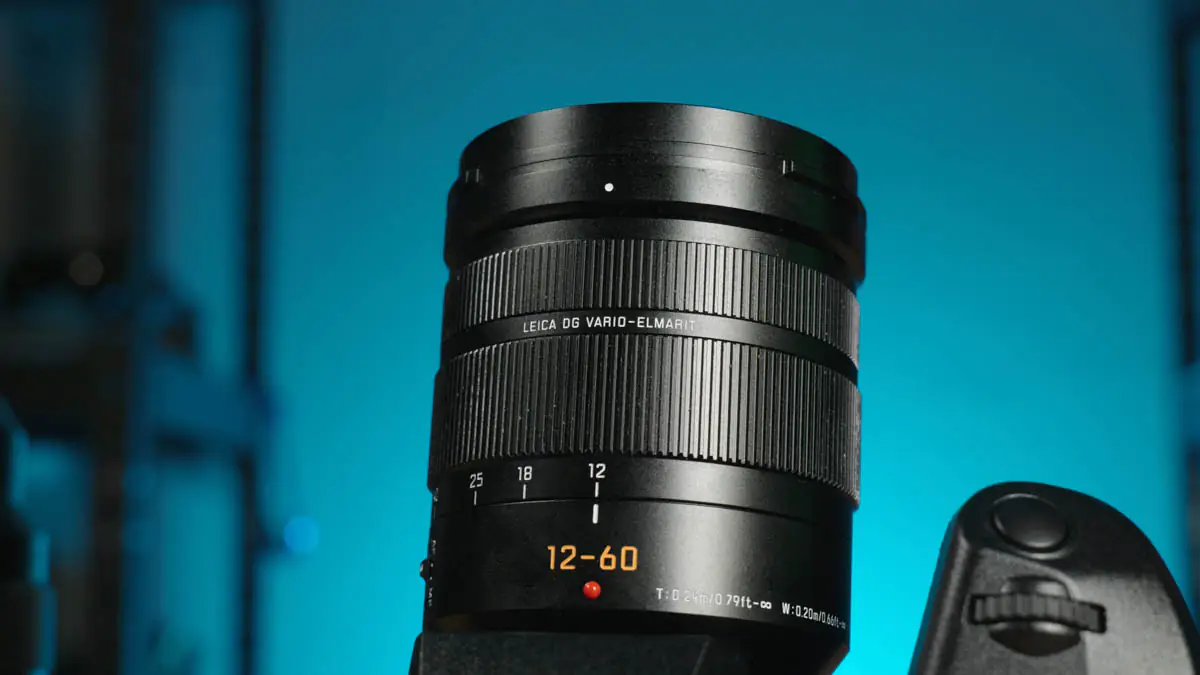
This is the best kit lens I’ve seen. It’s also from Leica, so optically it’s flawless, and it’s all-metal construction.
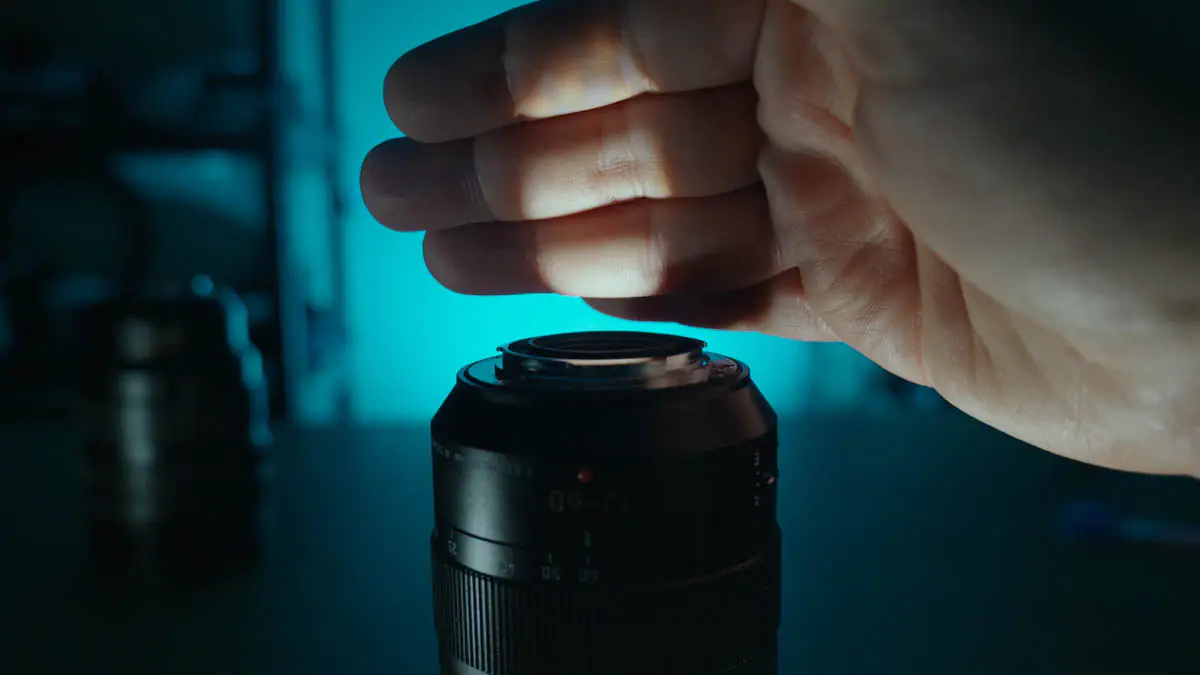
The Panasonic Lumix S 20-60mm f/3.5-5.6 kit lens looks almost like a toy compared to this one. In terms of performance, the closest equivalent on the L-mount would be the lens I want to replace the kit lens with – the Panasonic Lumix S 24-105mm f/4 Macro OIS. But with the GH7, you get nearly the same level of performance right out of the box, only with noticeably less background blur.
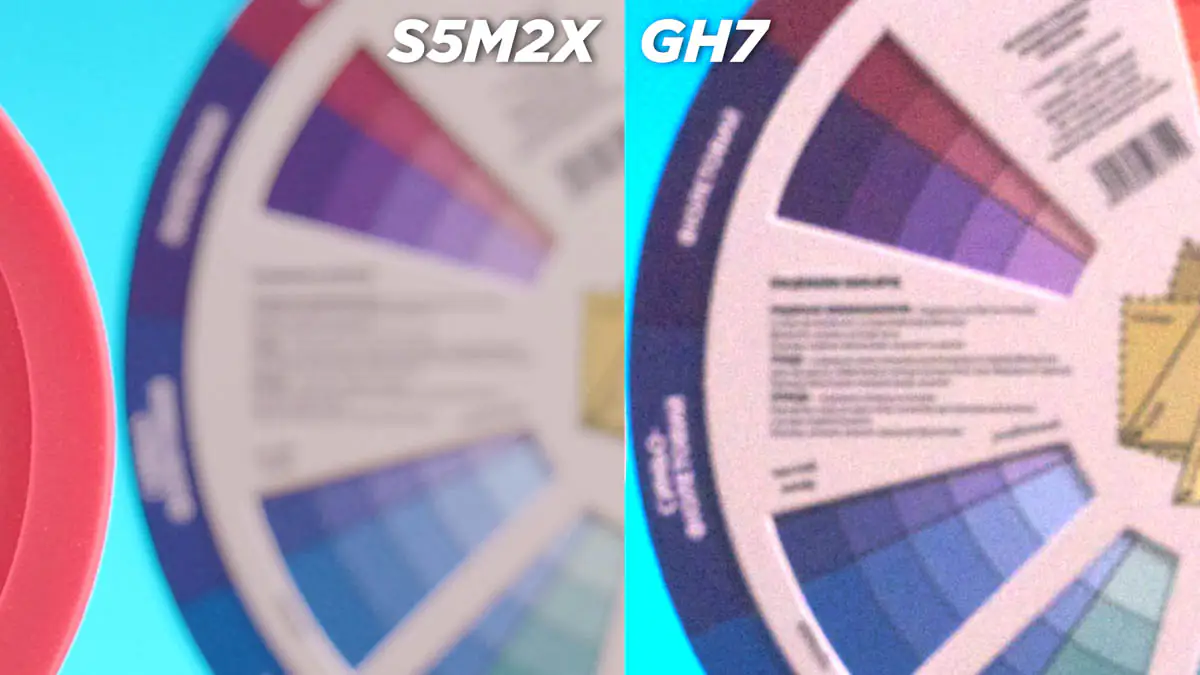
The downside is the MFT sensor. And I’m not talking about the brightness of the image, as I was corrected in the comments, and I agree with the explanation. The crop factor doesn’t directly affect the BRIGHTNESS of the image, only the bokeh and focal length. Aperture does NOT affect brightness, only bokeh. A smaller aperture lets in less light, but a smaller sensor needs less light to begin with.
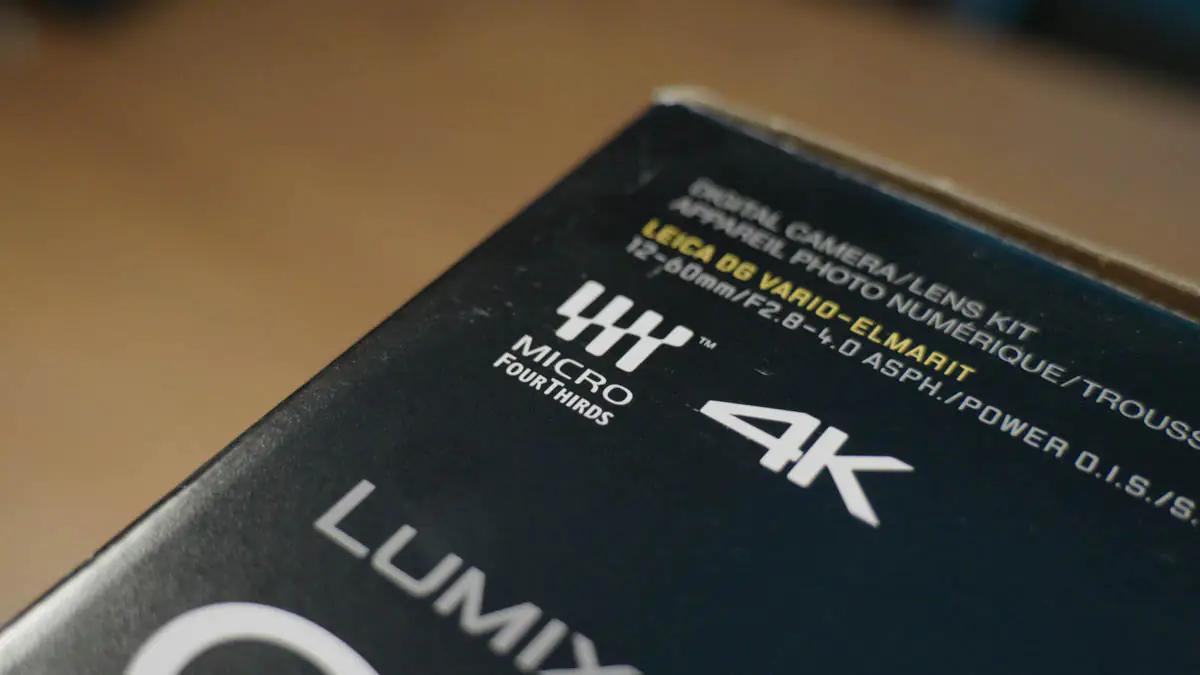
MFT affects the fact that the kit lens is much better suited for B-rolls, but for A-rolls, you need completely different optics. For example, using the Viltrox EF-M2 II speed booster with the Yongnuo YN35 F2 gives me a Full Frame equivalent of F2.8, which is quite good, but I know that F2.0 is perfect for me. The aperture is non-linear, so the difference between F2.8 and F2.0 feels more significant than, say, the difference between F5.6 and F8.
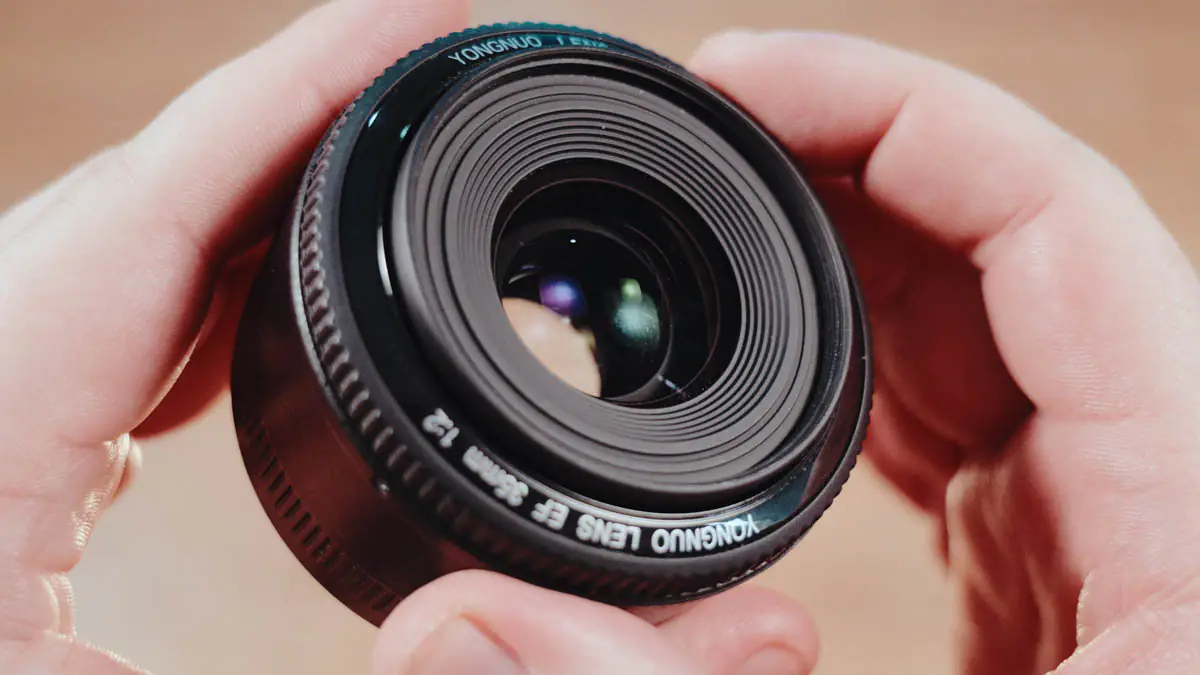
I know this might not be important to you, but for me, it’s crucial that the image looks exactly the way I need it to. It significantly speeds up my work and has a positive impact on my morale.
Stabilization
Next, the good part. The sensor stabilization on the S5 IIX is WORSE than the optical stabilization in the 12-60 lens. It’s worse for MY specific type of work and MY tasks, but objectively, it’s inferior. For reference, I’m comparing it to the Canon EOS R6M1, where the stabilization was fantastic for my tasks, even on a 50mm lens. On the GH7 with the kit lens, it’s almost identical, 99%.
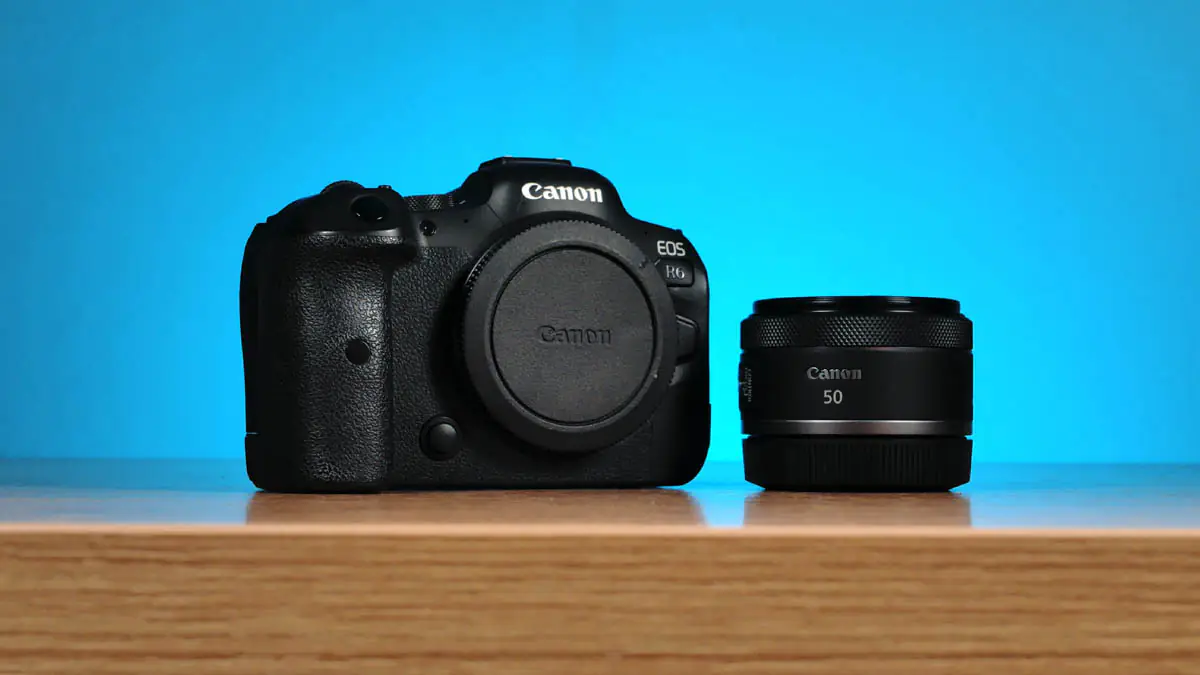
I want to emphasize – I’m talking about the kit lens’s optical stabilization, not the sensor stabilization of the camera itself. The sensor stabilization is better than on the S5M2X, but it’s not significant enough for me to focus on. The optical stabilization in the lens – that’s what’s great. However, GH7 is quite clumsy when it comes to working with lens stabilization. Almost every lens I used with it (and I had four for this review) would switch stabilization modes by itself.
It’s frustrating that Panasonic disables the feature without providing an explanation. If you turn off OIS on the kit lens, you won’t be able to activate the sensor stabilization. And no, it’s definitely not activated, because the image shakes like jelly.
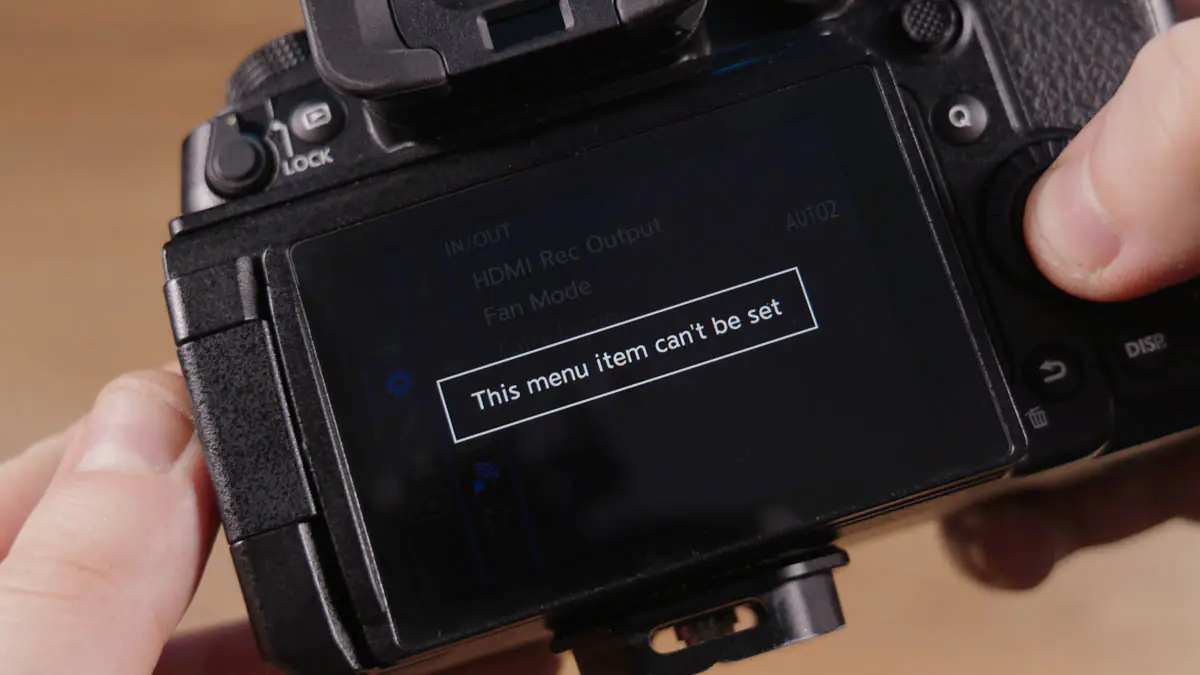
Doors
Honey. The doors on the GH7 are better designed than those on the S5II X. They open more reliably and close faster, although it takes some getting used to.
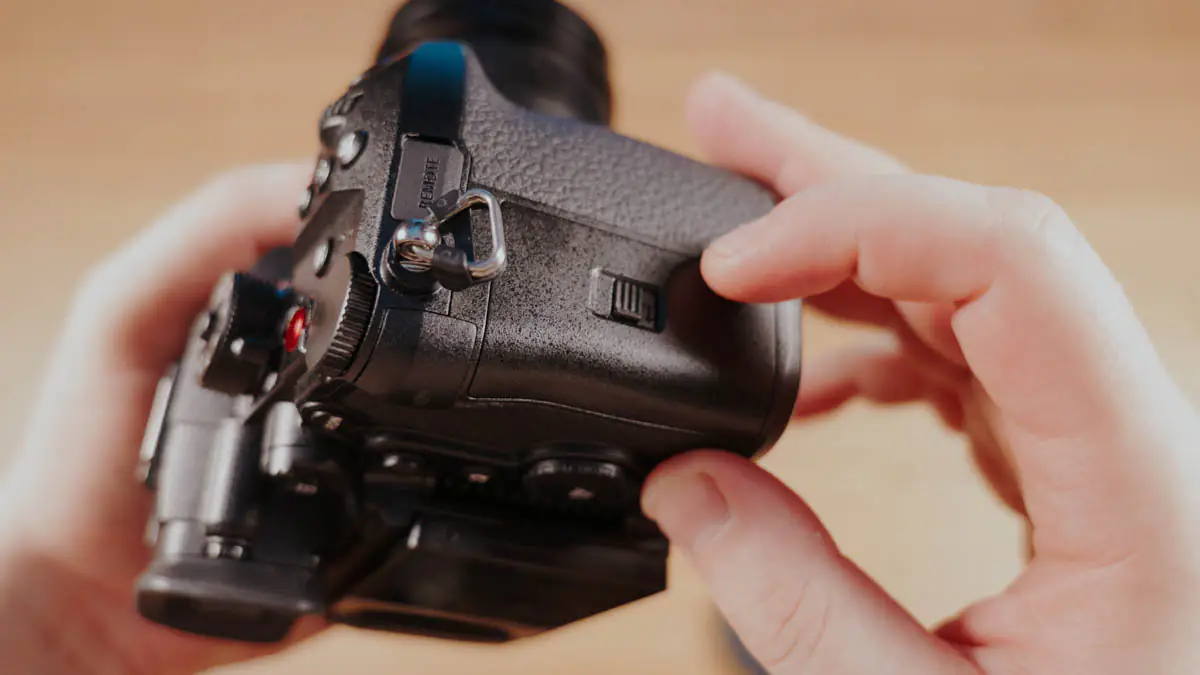
Tar. The slot for the dummy plug is not solid. It’s just a small hole in the middle of the door. At first, I didn’t get it, but I figured it out when I tried to install the dummy plug for video recording. If you have a USB cable that’s too wide or a coiled cable, forget about it.
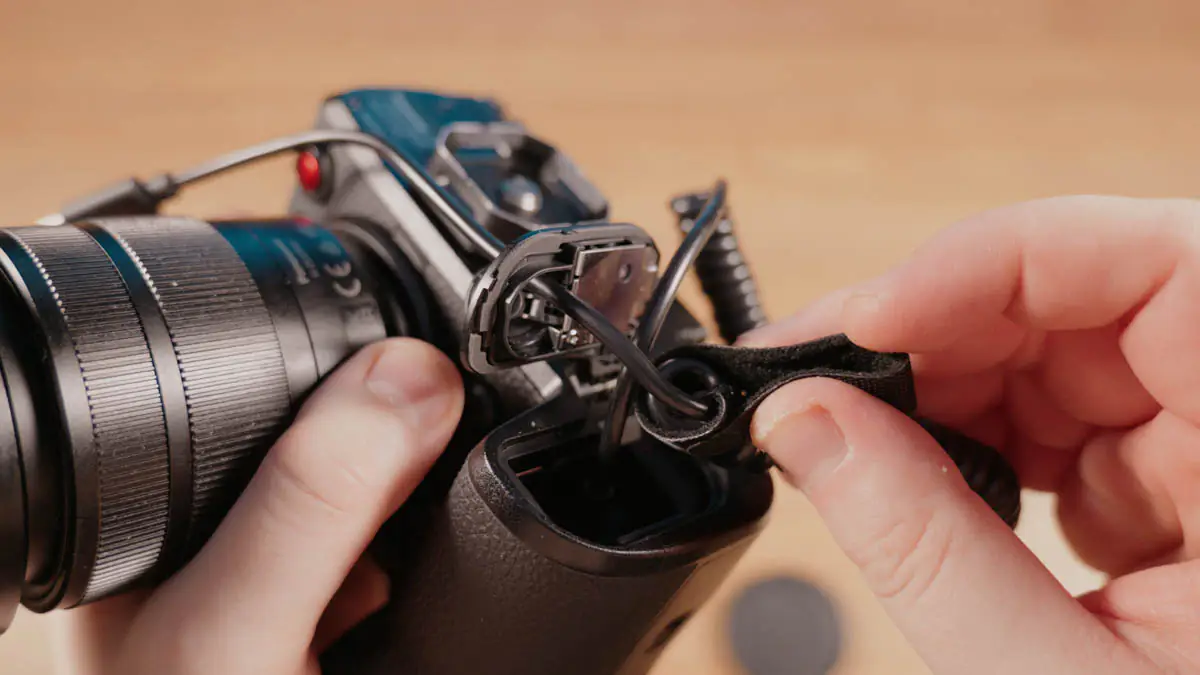
However, this isn’t a critical flaw because, unlike Canon, you can shoot without having to close the bottom cover.
Autofocus
Sweet spot: Autofocus. You wouldn’t believe how impressive the autofocus is on the GH7. Again, comparing it to the R6, where the autofocus was lightning-fast—faster than the Sony FX30 and the Panasonic S5 IIX. The GH7’s autofocus is just as fast, outpacing the FX30 and S5 IIX as well. Examples will be shown in the video review above.
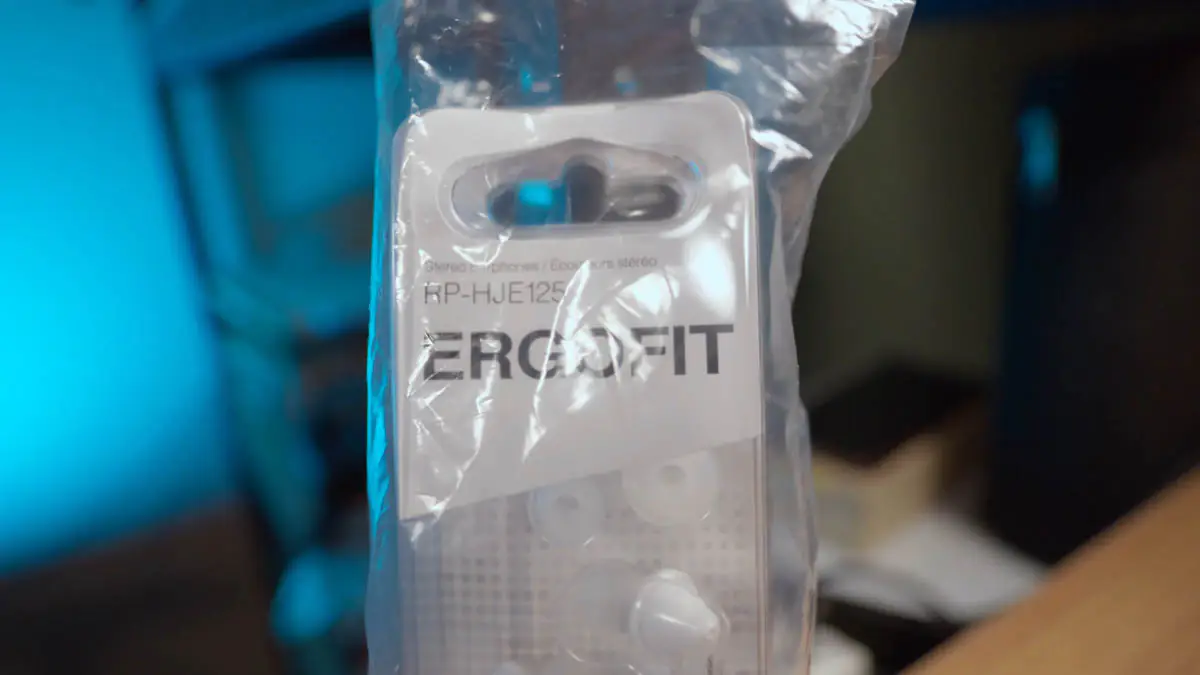
Bitter note: While the autofocus is faster, it’s not as precise, especially when it comes to tracking faces. If you want to avoid the image jumping around when filming faces, you’ll need to switch the recognition mode to eye/body/head. Otherwise, the autofocus will jump more noticeably.
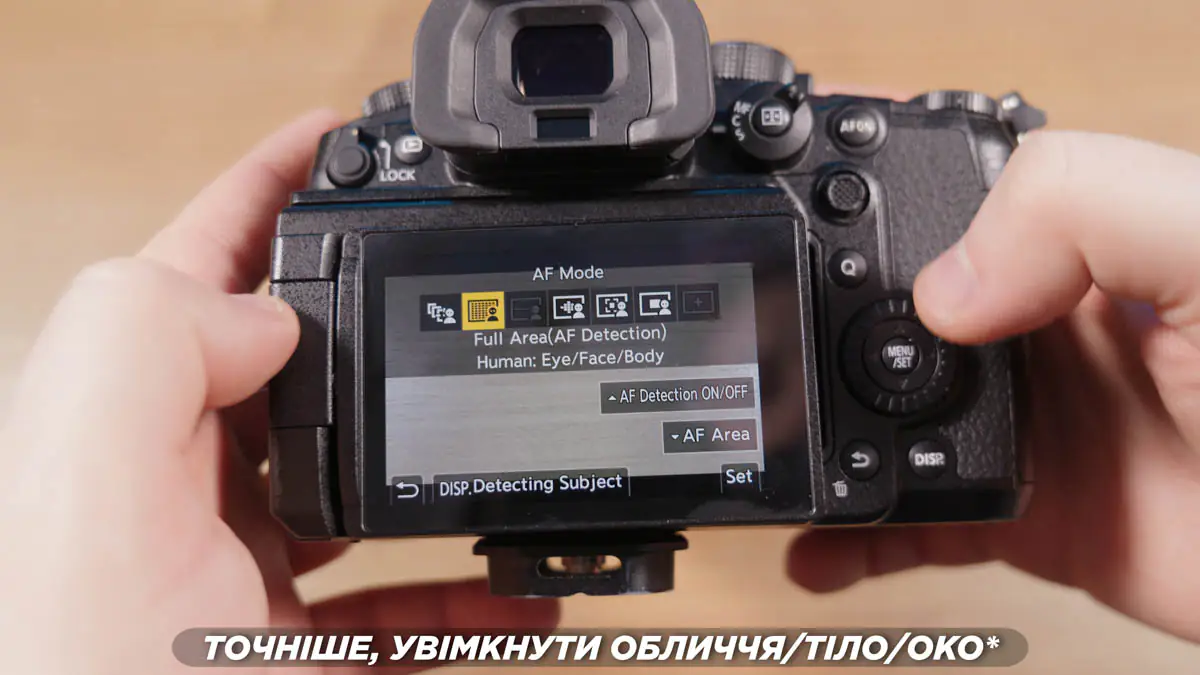
This can generally be minimized by adjusting the sensitivity, but the same adjustment is necessary on the S5M2X, as it also experiences similar jumping issues. Updates are also crucial – the S5IIX saw significant improvements in autofocus stability with its updates. What will happen with the GH7, though, is hard to predict.
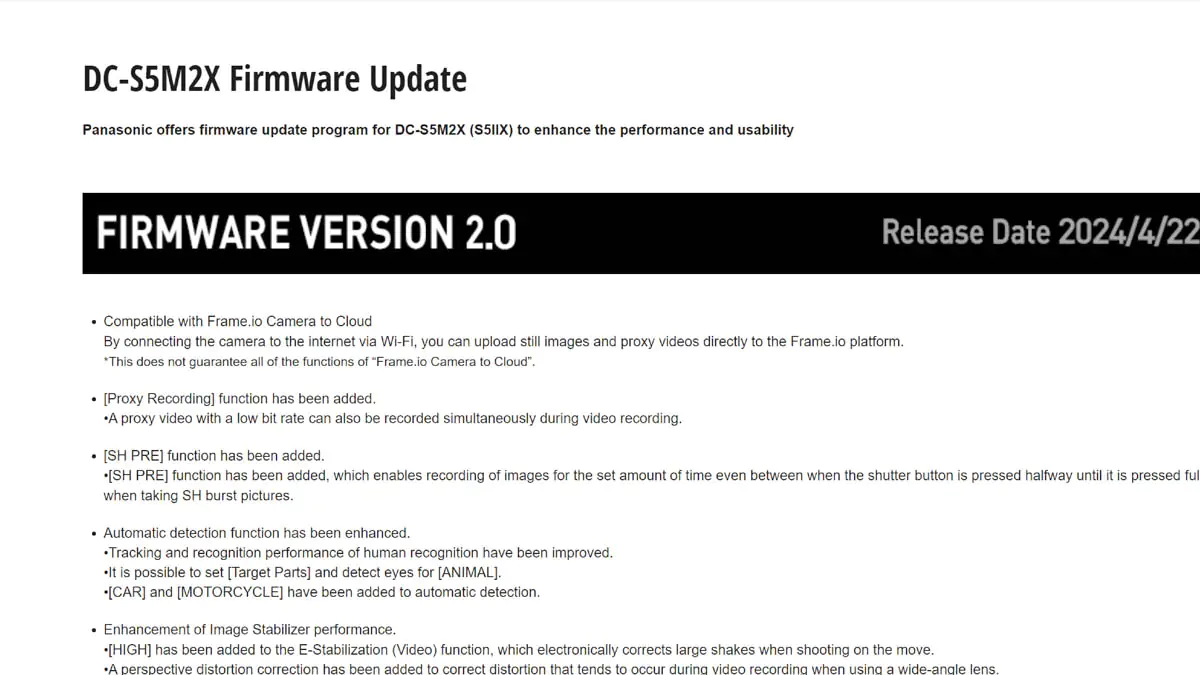
Program advantages and features
Next, the good stuff. Almost all the software features from the S5 IIX are present on the GH7, with most of them being even better. There’s SSD recording, S&Q mode, mode sorting, framing markers, histograms, a stabilization radar indicator, a night mode, V-LOG, Live Cropping, focus pulling, and Real-Time LUTs. What’s more, Live Cropping is more customizable on the GH7 than on the S5 IIX, and I can’t help but envy that, knowing that it’s unlikely to see this level of detail in a firmware update for the S5 IIX.
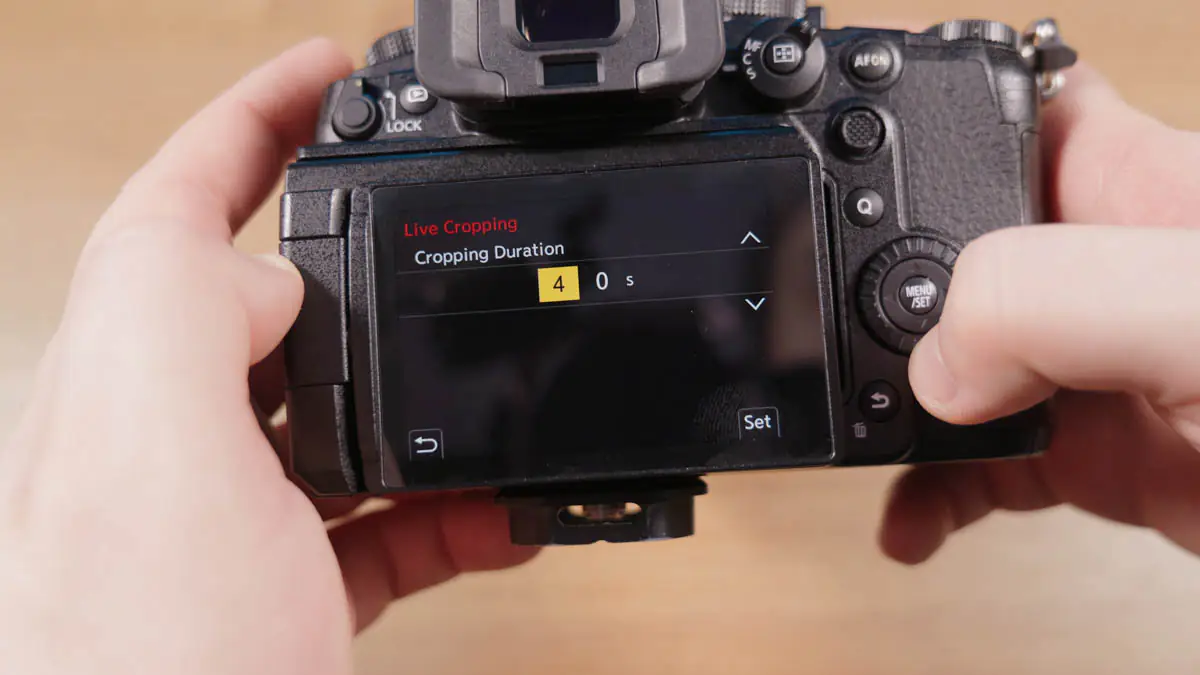
However, here’s a bit of the bad. I haven’t fully explored all the nuances yet, but I know that SSD recording is only available in certain modes when the GH7 has access to external power—specifically through the dummy battery adapter, like the DMW-DCC18. Additionally, the power bank needs to provide 27W, 9V 3A.
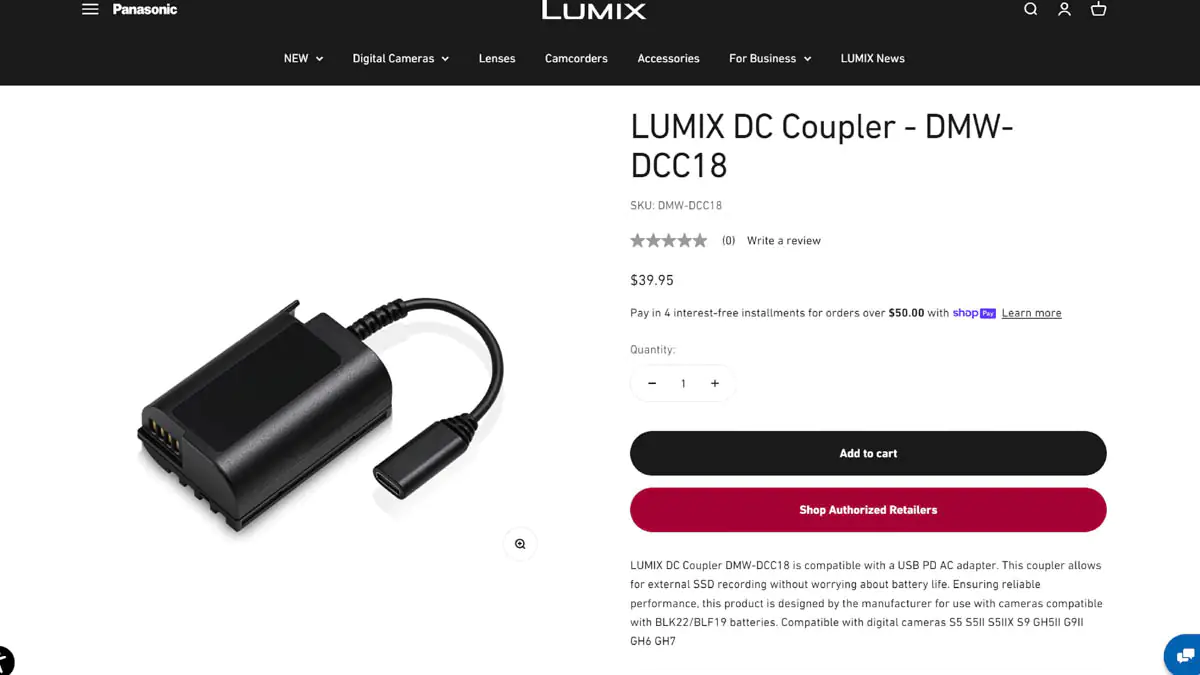
Moving on to the good. The sound recording is better than on the S5 IIX, though it still has only one channel instead of four. With the new XLR adapter, however, you can record 32-bit, 4-channel audio directly to the camera.
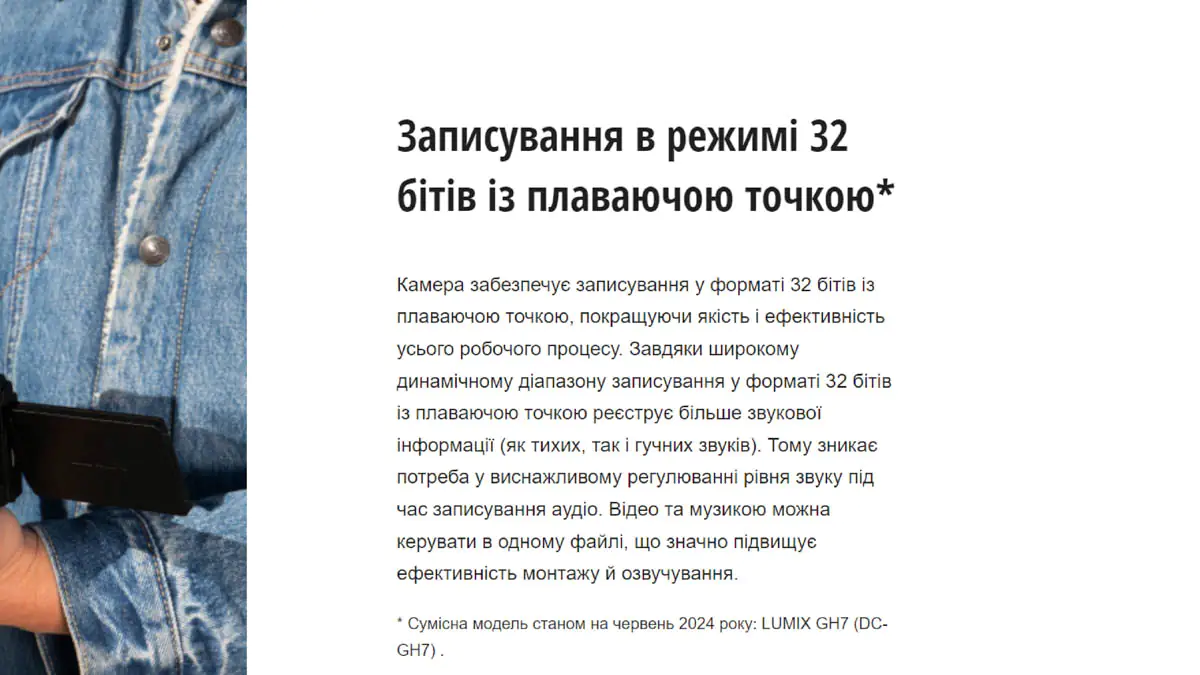
So, you don’t need an external recorder with its own set of wires. And yes, 32-bit audio is really impressive. The bit depth of audio is similar to the dynamic range in video: the higher the bit depth, the less likely it is to clip and lose information due to format limitations.
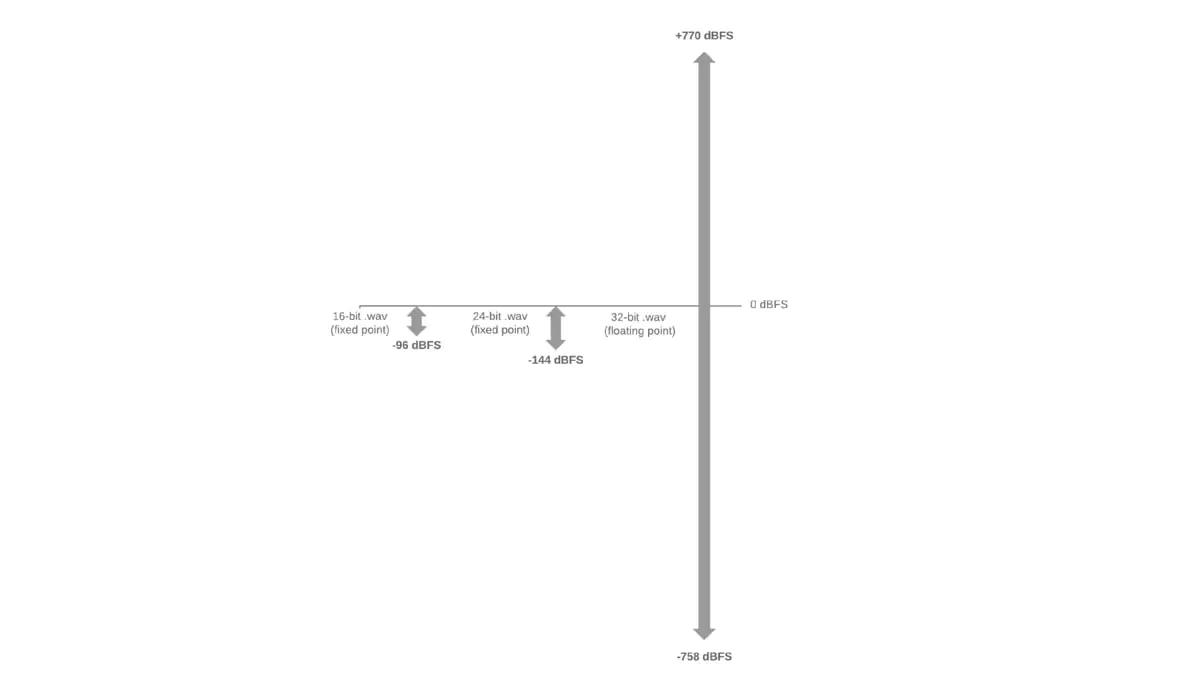
The fact that the flip-out screen doesn’t interfere with microphones is also a nice touch. However, a downside is the cost of the XLR adapter—$500. Just to remind you, the camera itself is officially priced at $2200 with the kit lens.
Slowing down time
The 4K120fps capability is a highlight. When I was deciding between the FX30 and S5 II, the 4K120 on the FX30 was one of the key reasons I was leaning toward that camera.

However, at that time, I trusted a reviewer who said that the 4K120 on the FX30 would only be slightly better in quality than the FHD 120 on the Panasonic. The reason being that Sony applies a dual crop for 120fps—1.5x + 1.62x—essentially bringing it close to an MFT sensor size.
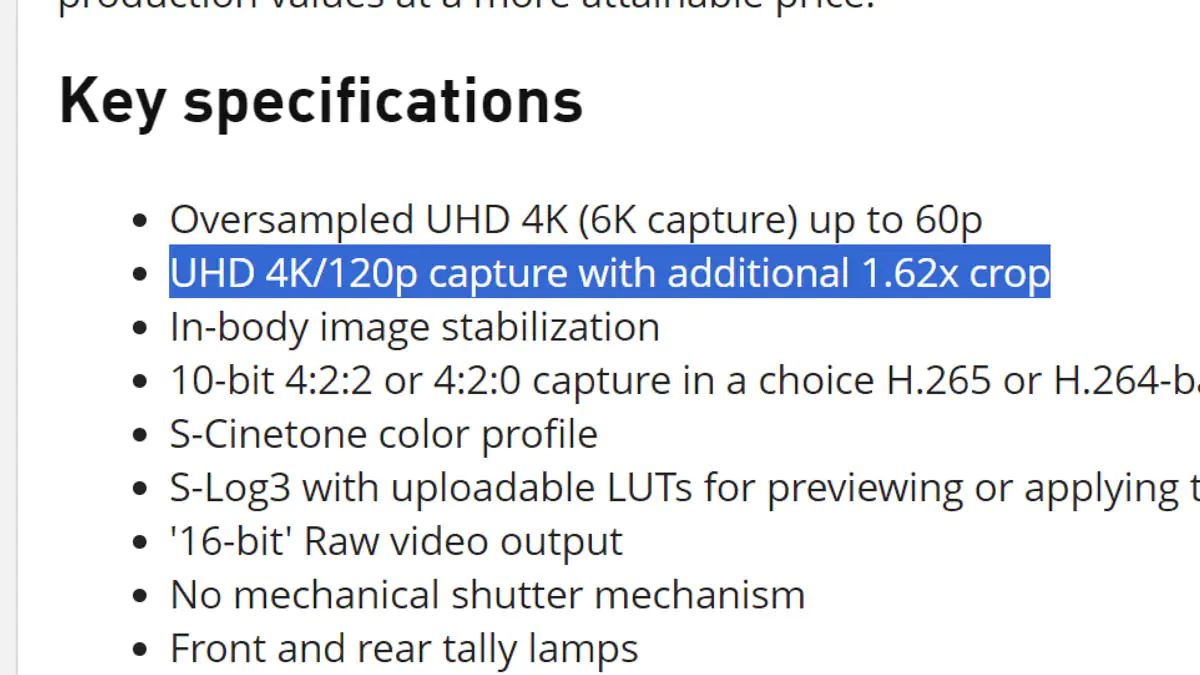
I’m not sure when I’ll get the FX30 for review—Sony offered, but I declined for now because I already have my hands full. However, I will definitely review it at some point. If the 4K120 quality on the FX30 turns out to be similar to the 4K DCI 120fps on the GH7, then for slow motion, you should go with either the FX30 or GH7. Unfortunately, with the S5 IIX, even 180fps in FHD didn’t work for me—it all ended up being garbage. Not a single take was acceptable; everything was just too noisy. With the GH7, it’s almost perfect!
A downside is that autofocus doesn’t work in all modes. And because of this flaw—because I can’t think of it as anything else—it’s the easiest reason for me to talk myself out of keeping the GH7. Every time I pick it up, open the screen, use the Leica-Elmarit lens with OIS, and lock the adjustment dials, I find myself thinking about replacing the camera.
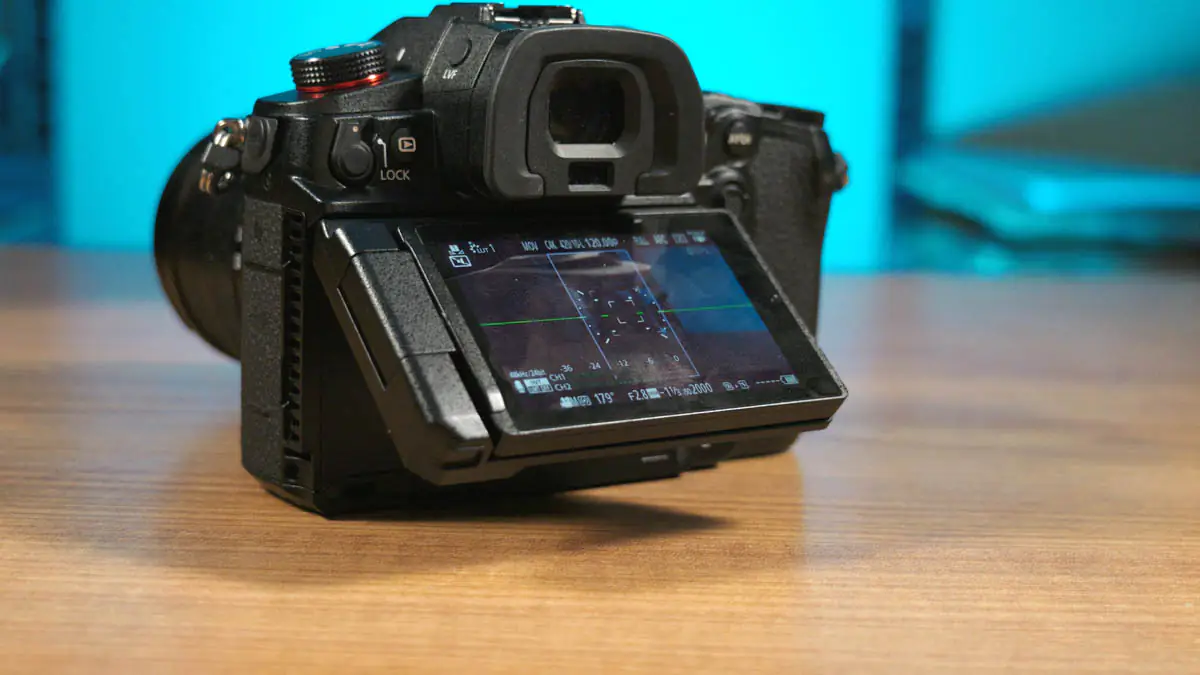
But every time I try to shoot in settings other than 5.7K 24 or C4K 120, I realize that no, I don’t want to. Autofocus doesn’t work in all S&Q modes, which for some reason are labeled as “Variable Frame Rate” and don’t have a separate option on the mode dial.
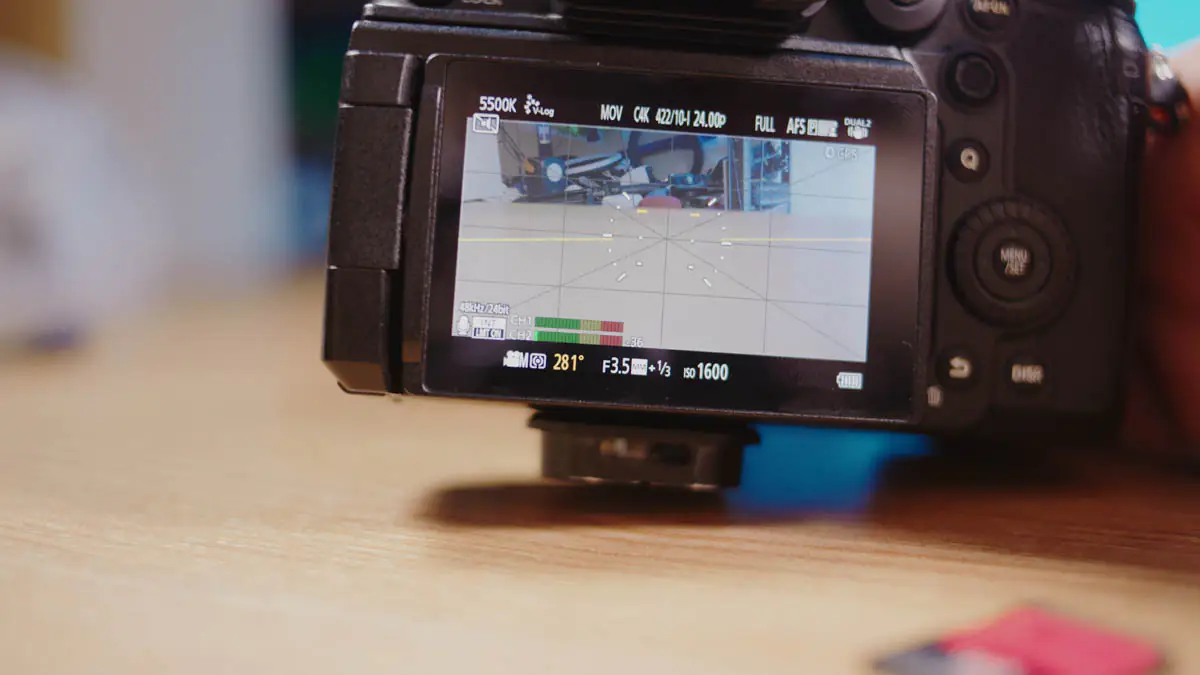
One more important detail: for slow-motion recording, meaning 4K120, you need fast lenses. This is because MFT is very noisy, even with a speedbooster. Considering that the GH7’s native ISO in V-LOG is 2000, you will need significantly faster lenses compared to the S5 II X, where the native ISO is 4000. So, you’re dealing with a full stop less light and a noisier sensor, even with a speedbooster.
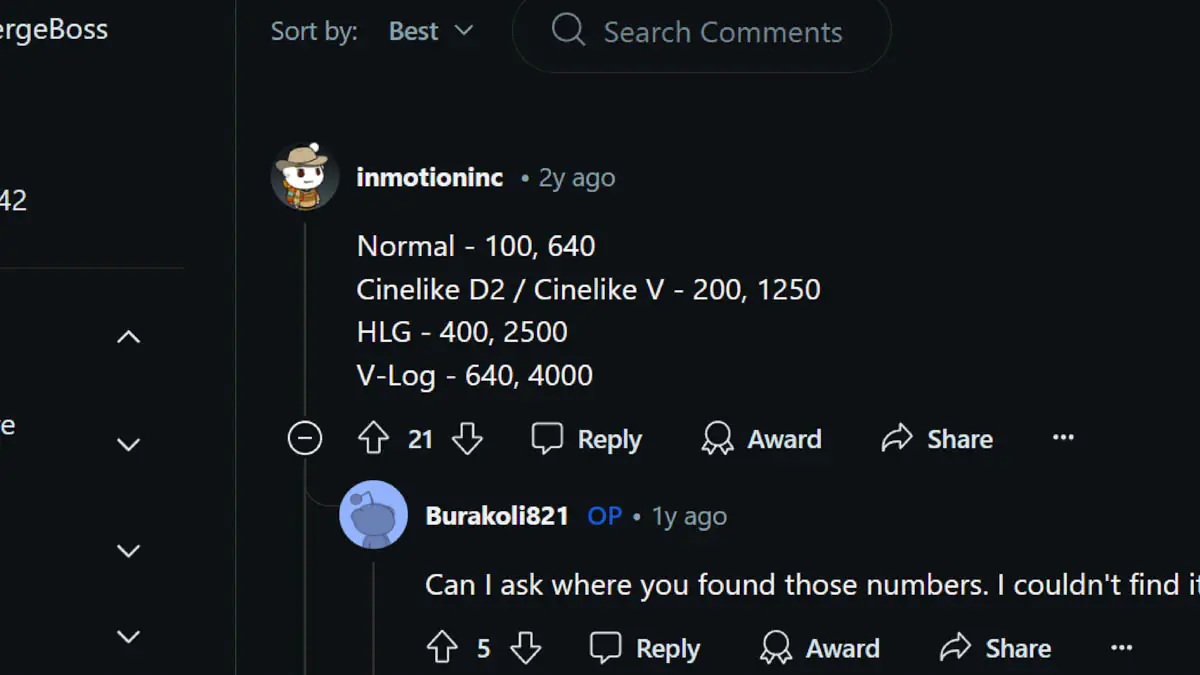
I partially offset this by increasing the shutter angle to around 270 degrees, as in the studio, I don’t make abrupt movements where the “incorrect” motion blur would be noticeable in five times slow-motion.
Conclusions
This is an incredible camera, overall better than the S5 IIX. I can’t even categorize its drawbacks as situational. The camera is 98% flawless, as out of the box it is perfect for about 90%, but with a speed booster, it surpasses the S5 IIX— which, I should remind you, is flawless for about 90% and no more.
However, these 2% aren’t just important to me, and not just annoying—they scare me. Why isn’t it mentioned right away about SSD compatibility? Why aren’t there clear labels indicating in which modes autofocus doesn’t work? Why isn’t there any explanation for the lack of fine-tuning options for stabilization? These are not thoughts I should be having, not under my paranoia. And while the Panasonic Lumix GH7 is nearly better than the Panasonic Lumix S5 IIX in almost every aspect, I’ll stick to the obvious issues that are immediately clear to me.
Read also:
- BLUETTI AC70 Portable Power Station Review: Compact Yet Powerful
- HyperX Alloy Rise 75 Wireless Keyboard Review
- Acer Chromebook 314 CB314-3HT Review


